Primošten
Primošten, a picturesque Dalmatian town, captivates visitors with its medieval atmosphere. Charming stone houses, narrow streets, and stunning sea views create a romantic backdrop for a relaxing vacation.
The idyllic Primošten, a beautiful fishing settlement, enchants with its rich historical heritage and authentic Mediterranean charm. Situated on a peninsula along the Adriatic Sea, this stunning town is a true gem. Its stone houses in narrow alleys preserve its unique identity, bearing witness to the medieval history of Dalmatia and creating a distinctive atmosphere for visitors seeking to enjoy the magical Adriatic environment.
Primošten's history dates back to ancient times when Greek and Roman inhabitants settled here. In the Middle Ages, Primošten developed as a defensive settlement built on a hill. Its strategic position provided an excellent vantage point over the sea and the surroundings. Walls and towers played a crucial role in protecting Primošten from attacks and piracy.
The centerpiece of Primošten is the stone church of St. George, its predecessor having been built atop the hill in the 15th century. The church is surrounded by a park and a cemetery that cover the entire tip of the peninsula. From here, a breathtaking view of the coastline and islands unfolds. Well, this actually seems like a pleasant place for eternal rest, doesn't it?
In addition to its historical sacred landmarks, Primošten offers charming secular architecture, stone houses, narrow streets, and picturesque squares. The town is a true historical gem of the Mediterranean coast, defying time and preserving its authentic appearance. It's a place where even modern visitors can stroll down cobblestone streets, discover hidden corners, and immerse themselves in a past that seamlessly blends with the present in a unique way.
Primošten and its surroundings have a diverse economic structure based on local resources and needs. Overall, the economic landscape of Primošten is a successful blend of natural resources and the area's cultural heritage. Tourism is a central economic activity in Primošten and its vicinity. Beautiful beaches, picturesque surroundings, historical landmarks, and the preserved Mediterranean atmosphere attract visitors. Hospitality establishments, accommodations, tourist agencies, and other services are pivotal to the local economy. Fishing, supported by its coastal location, plays an important role in the area's economy. The Primošten region is also known for producing wines, olives, and other agricultural products. Locally produced olive oils, wines, and other goods are significant sources for both local consumption and sales. Shops, gastronomy, and other services (crafting and selling ceramics, textiles, jewelry, and other traditional crafts) cater to the needs of both residents and tourists.
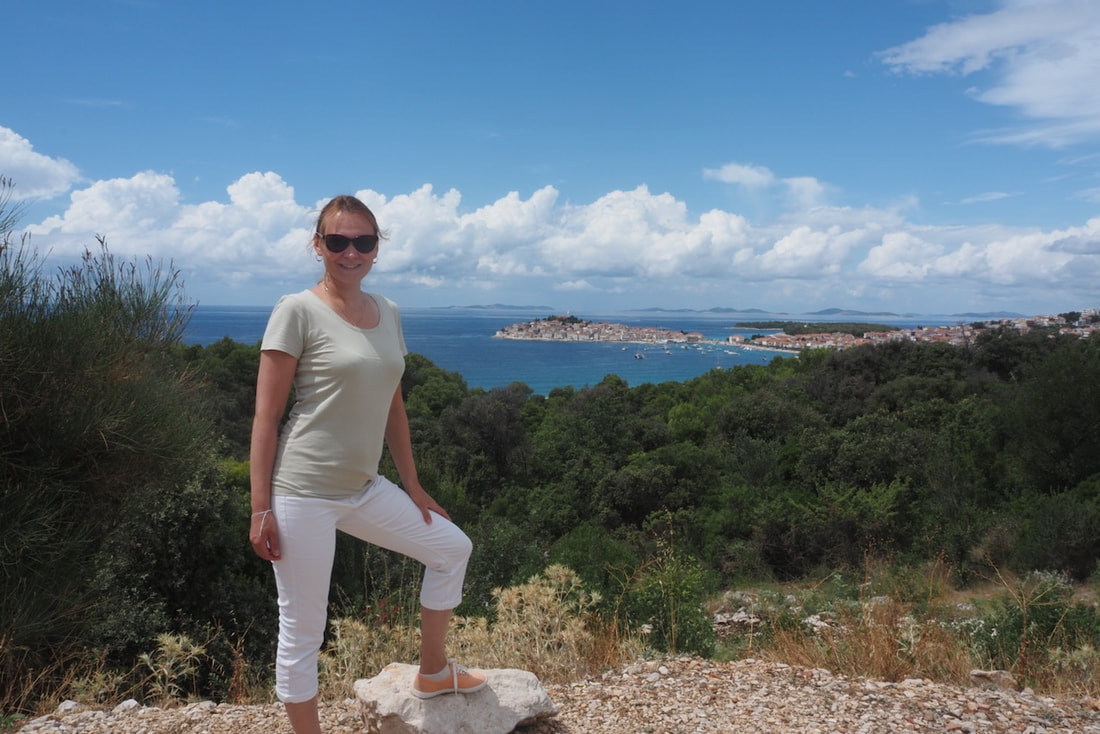
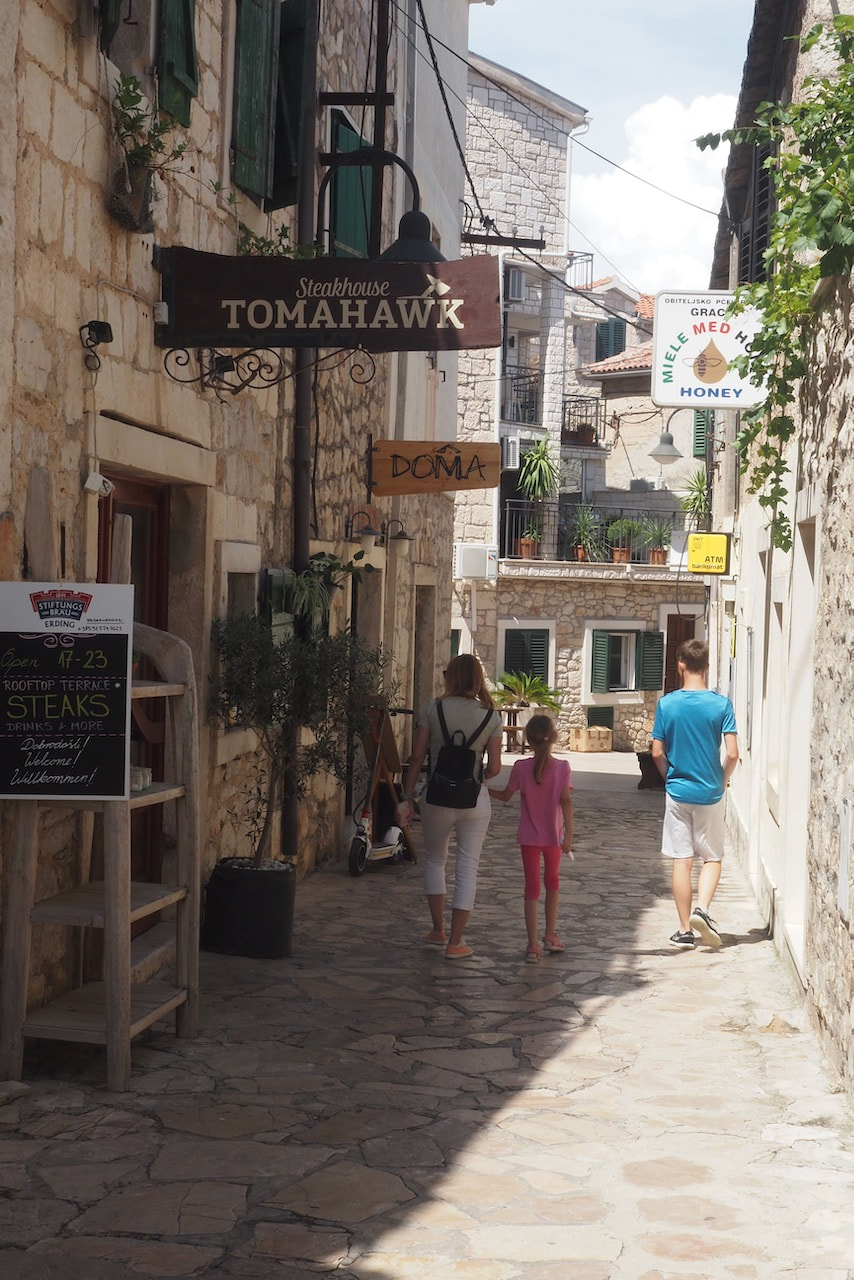
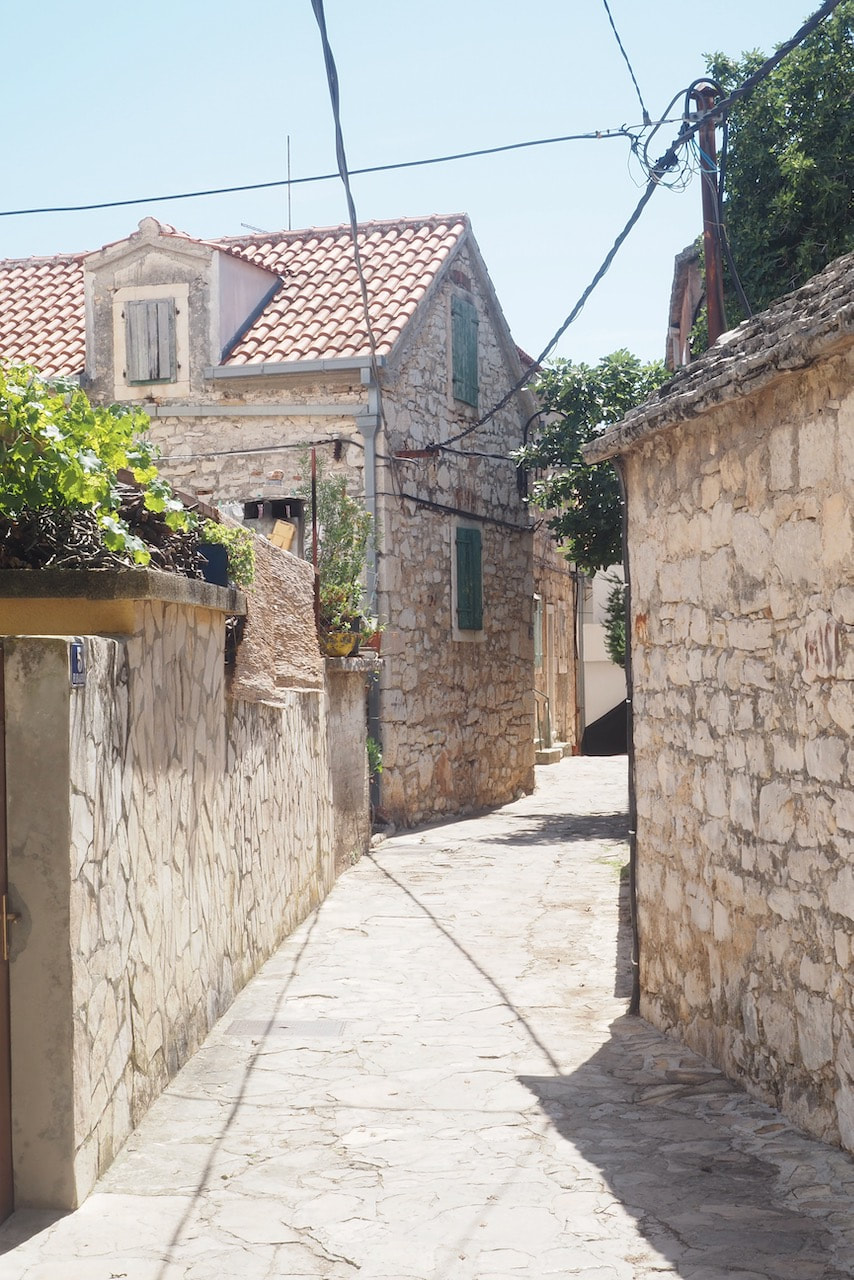
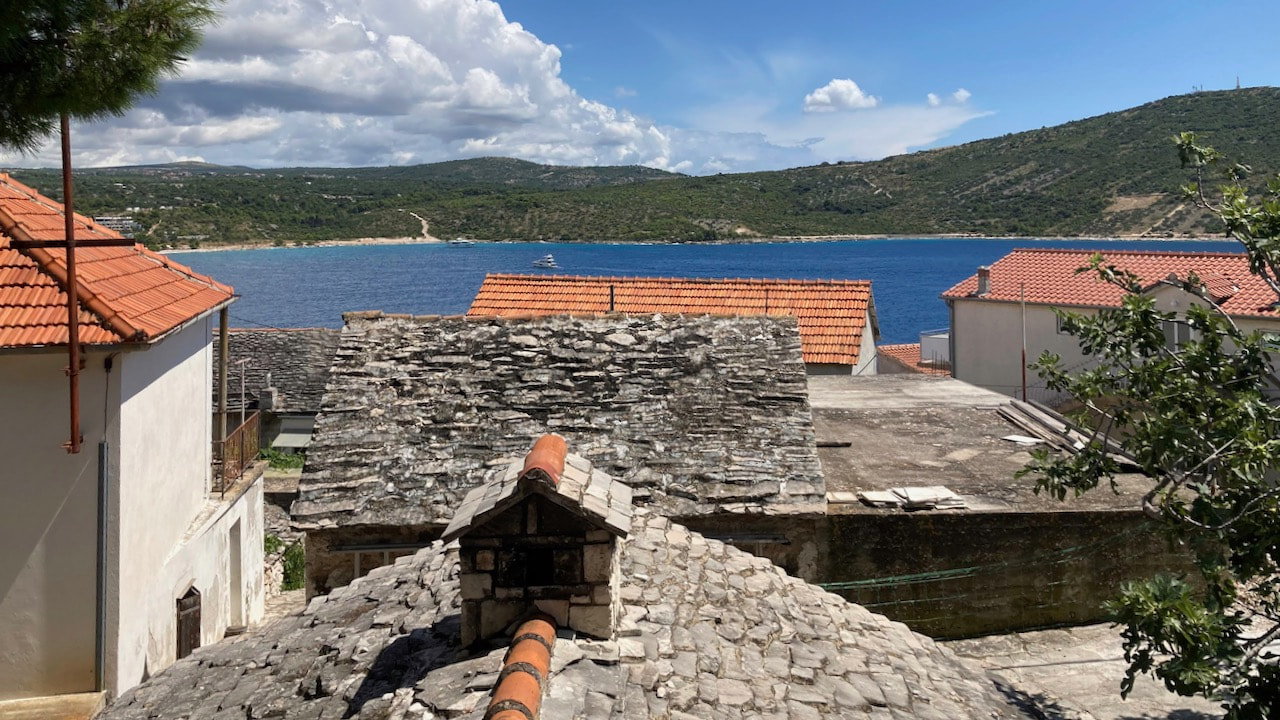
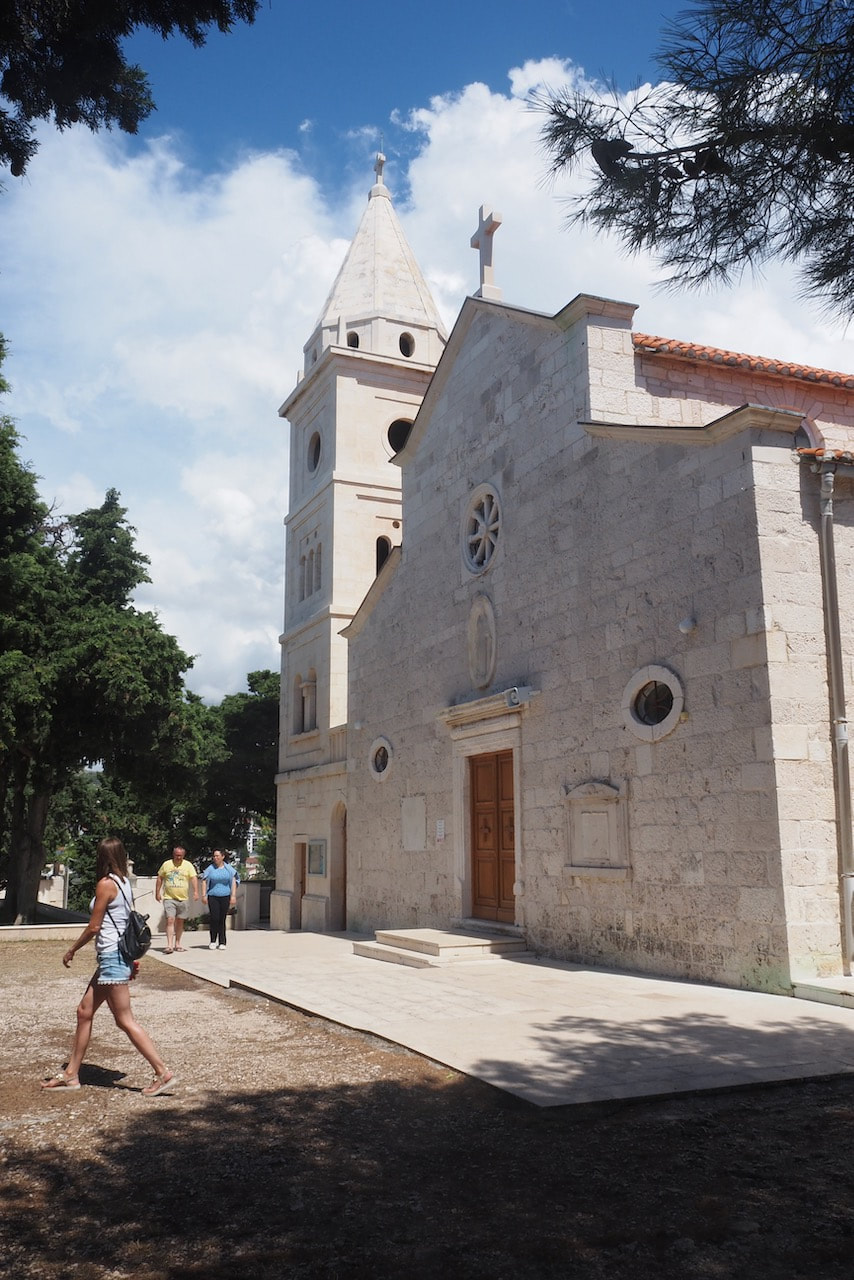

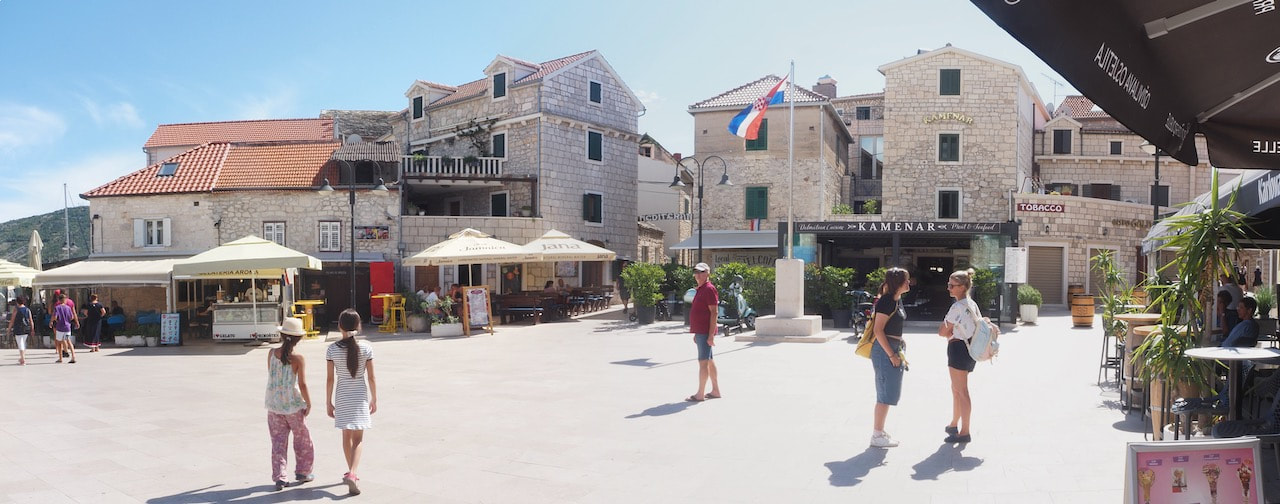
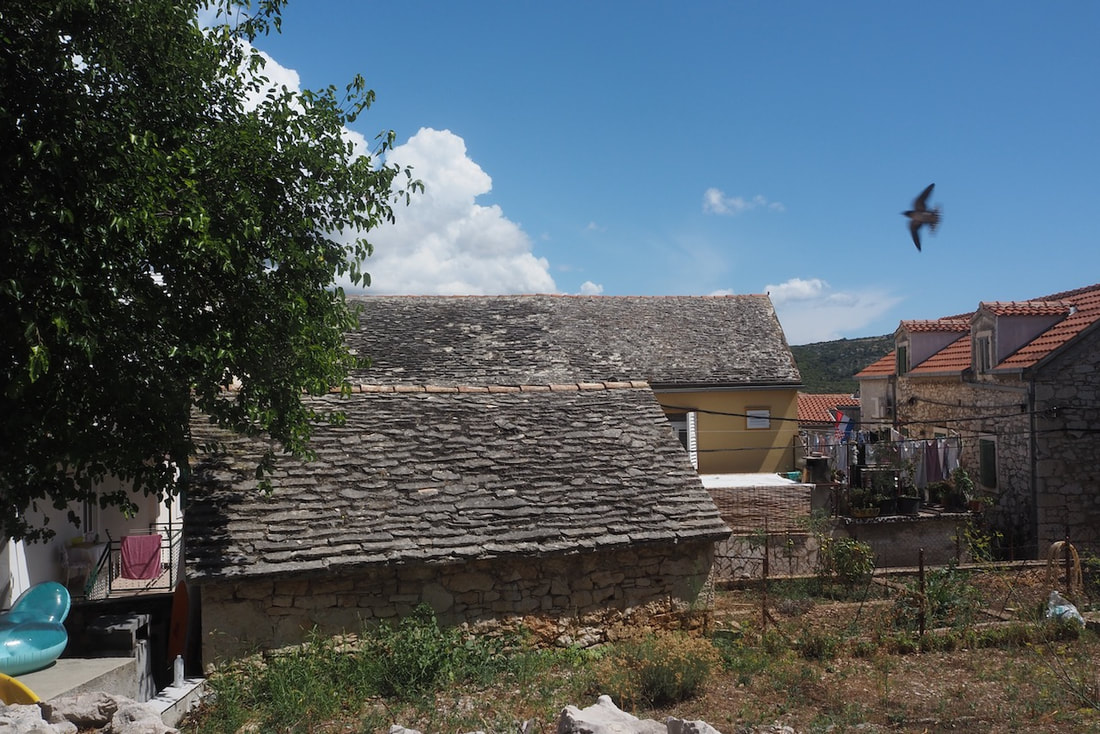
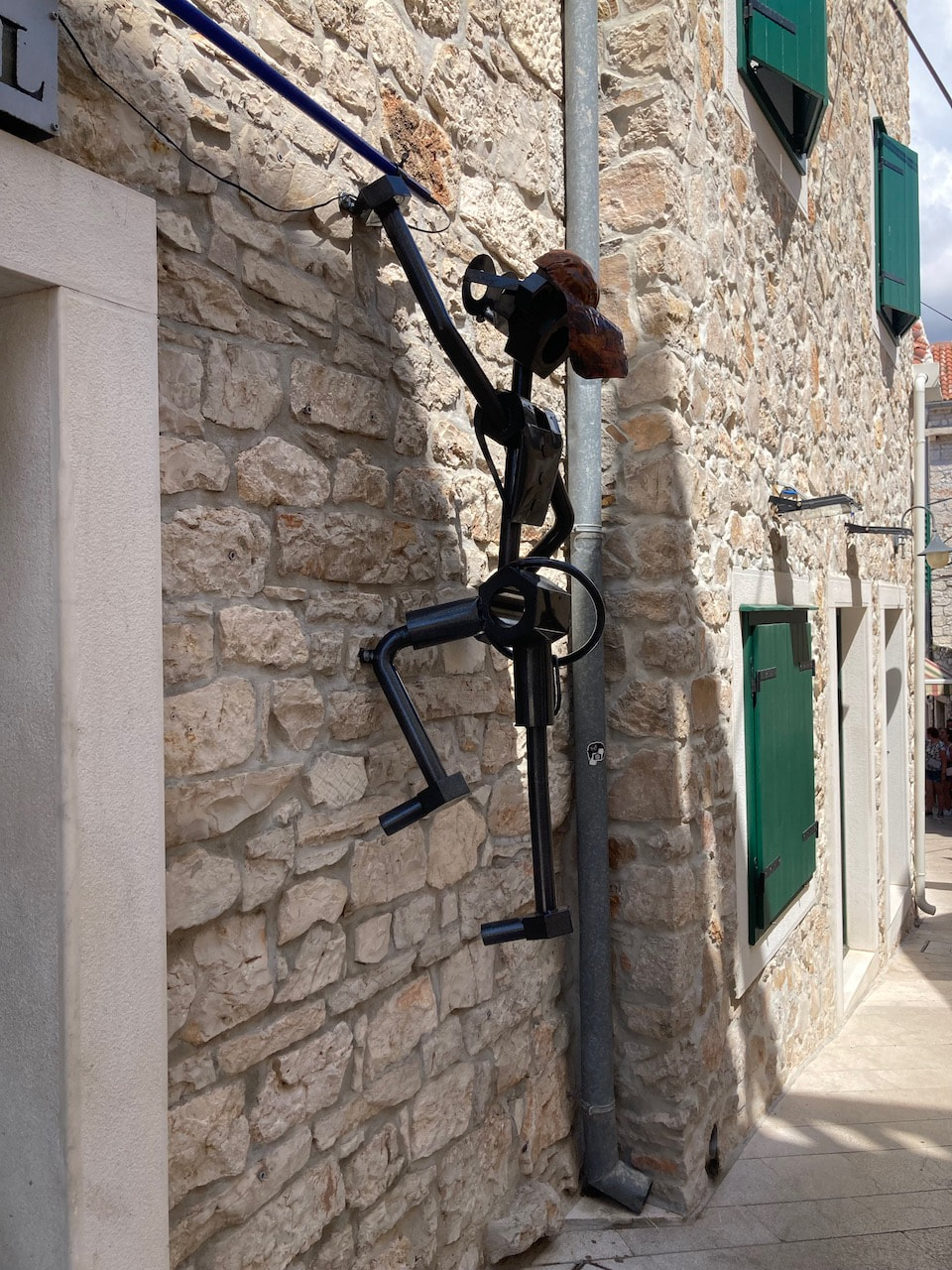
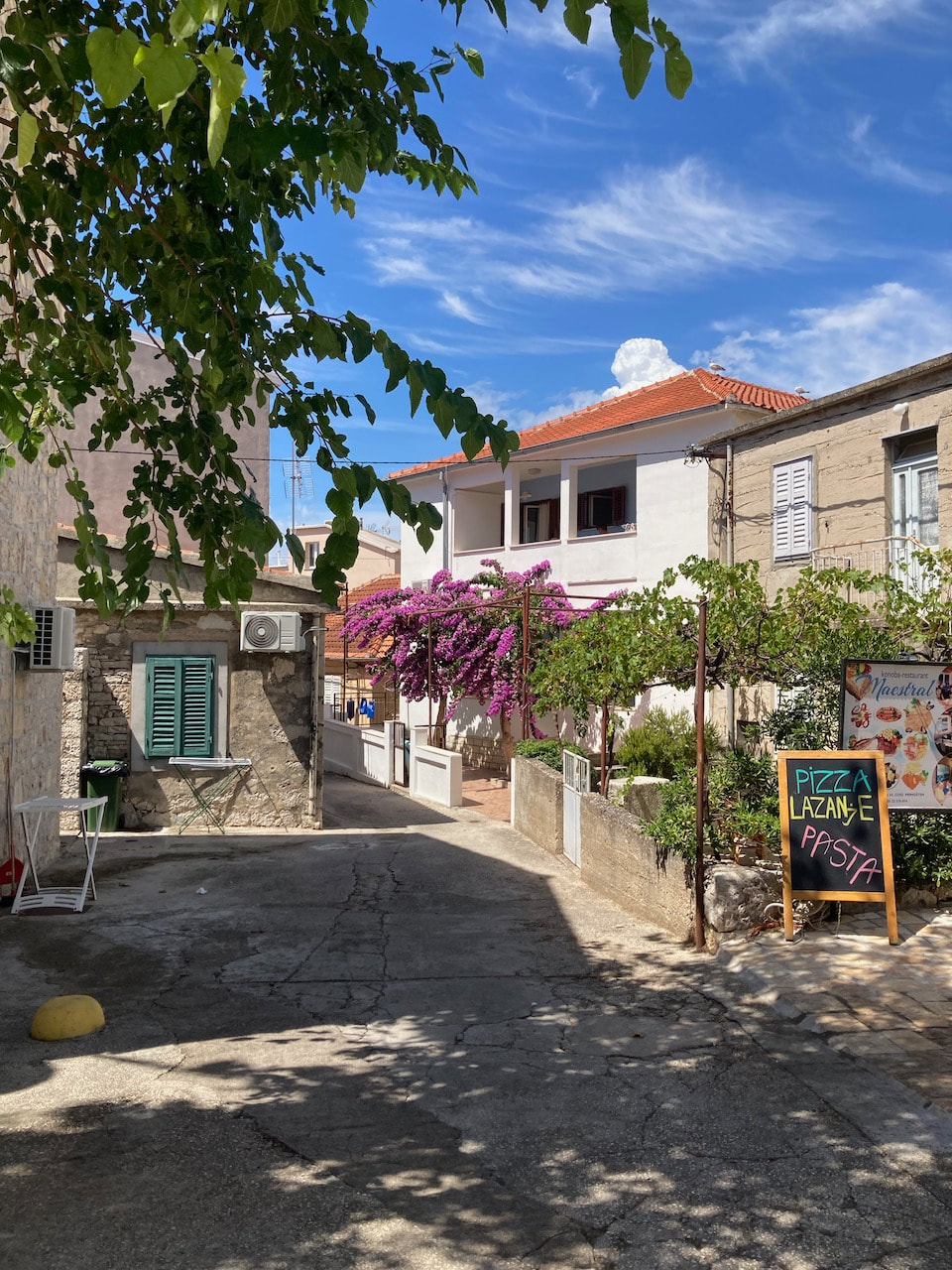
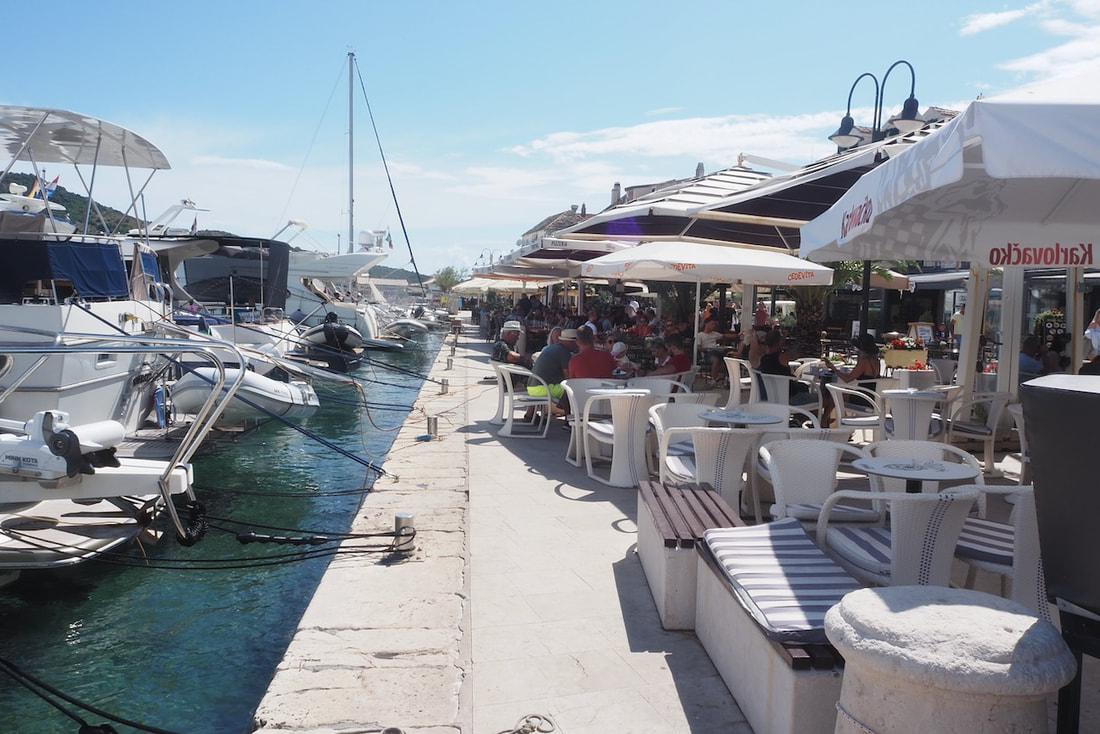
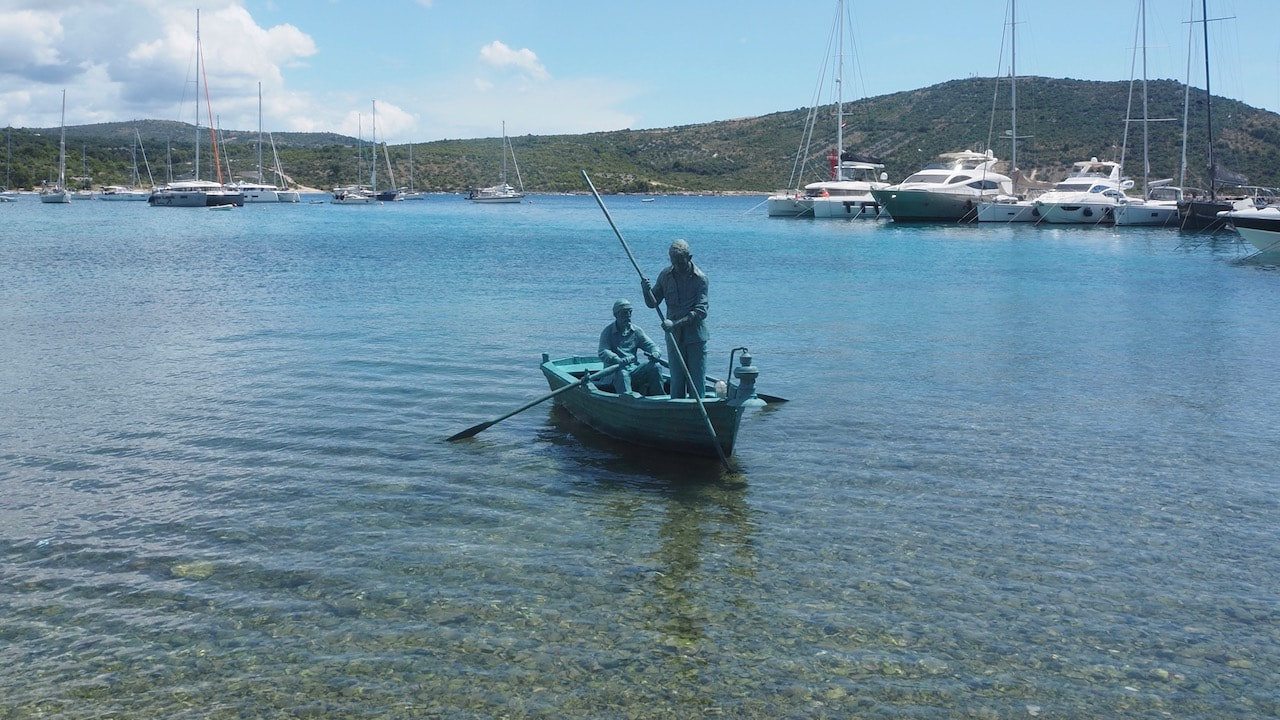
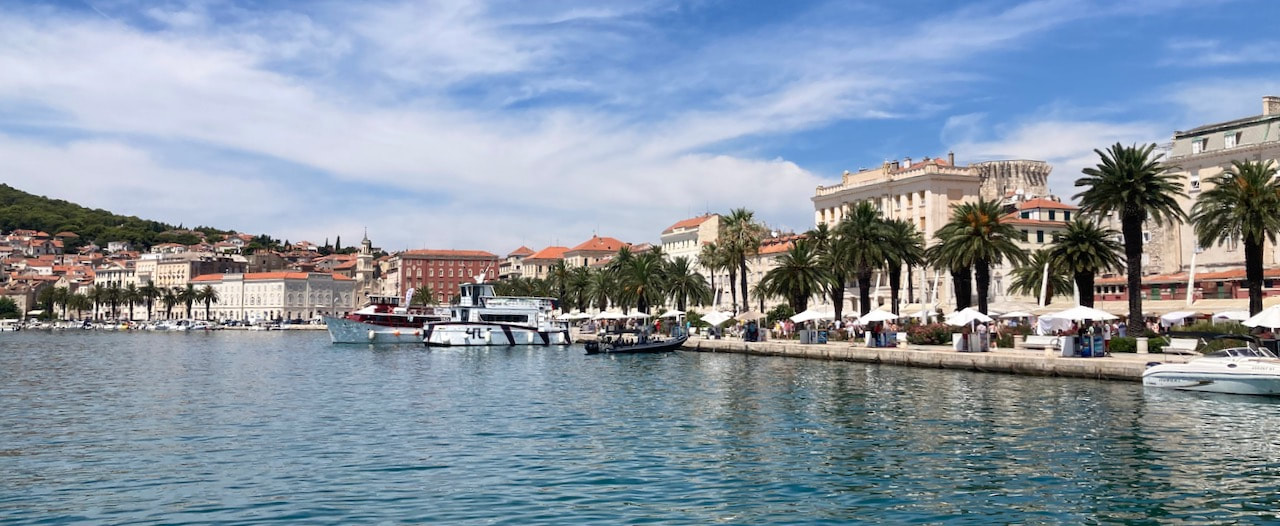
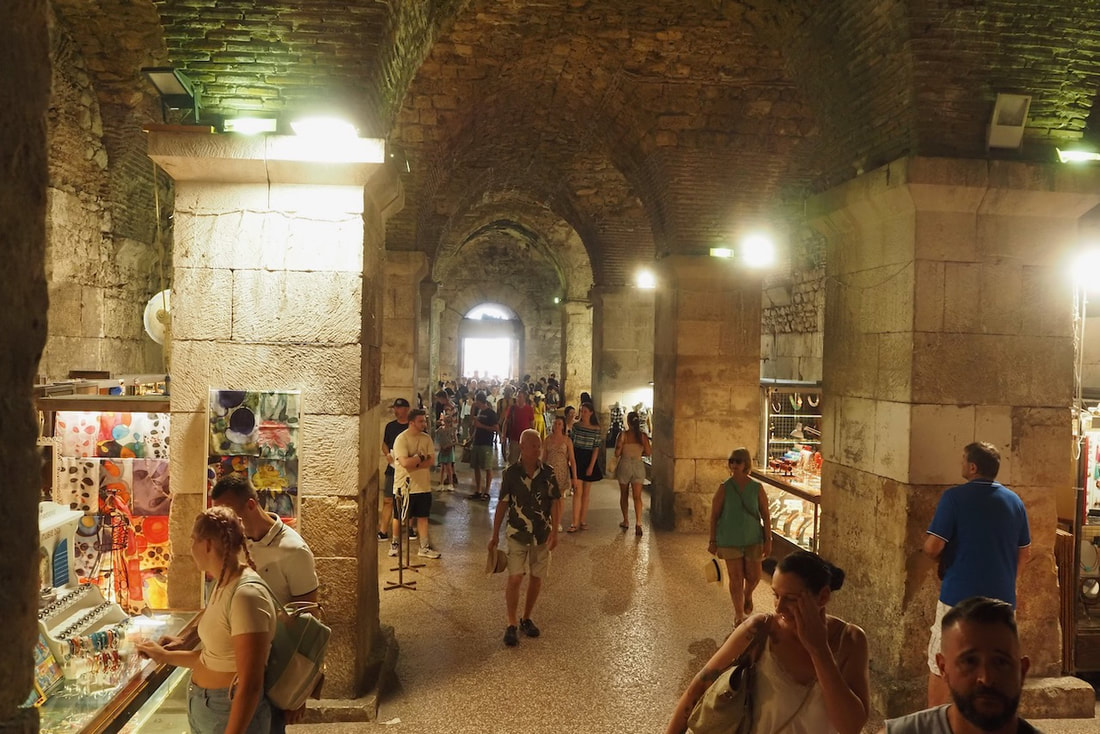
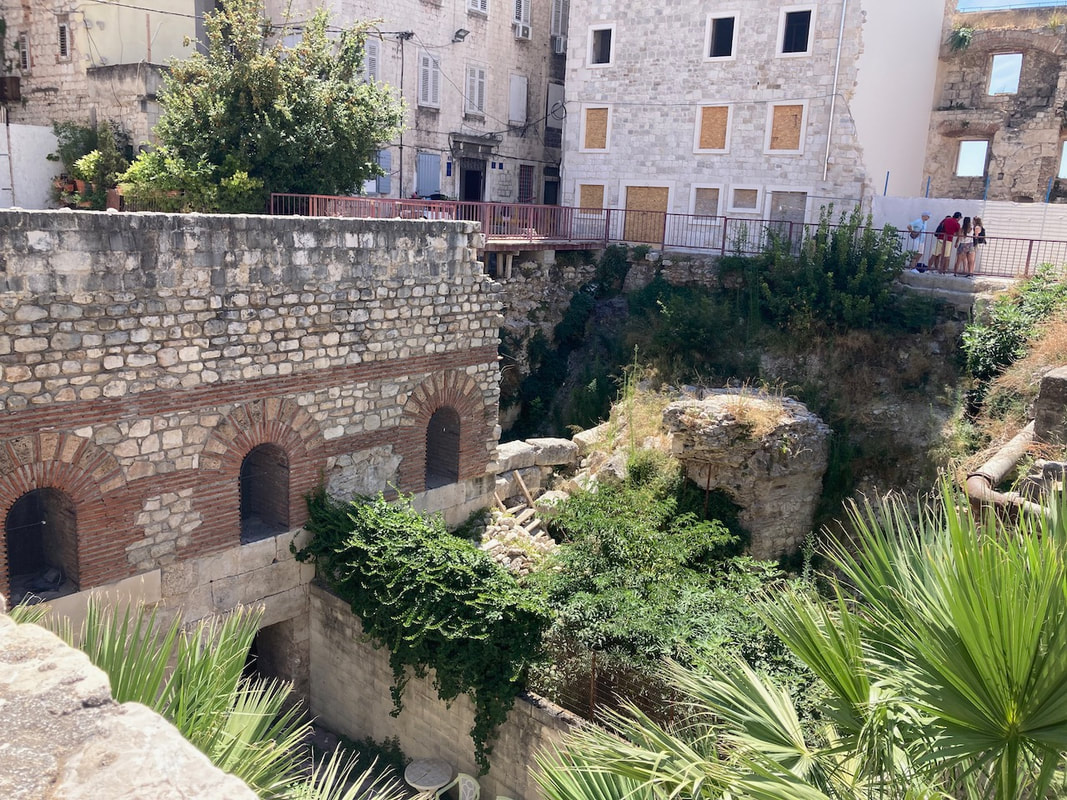
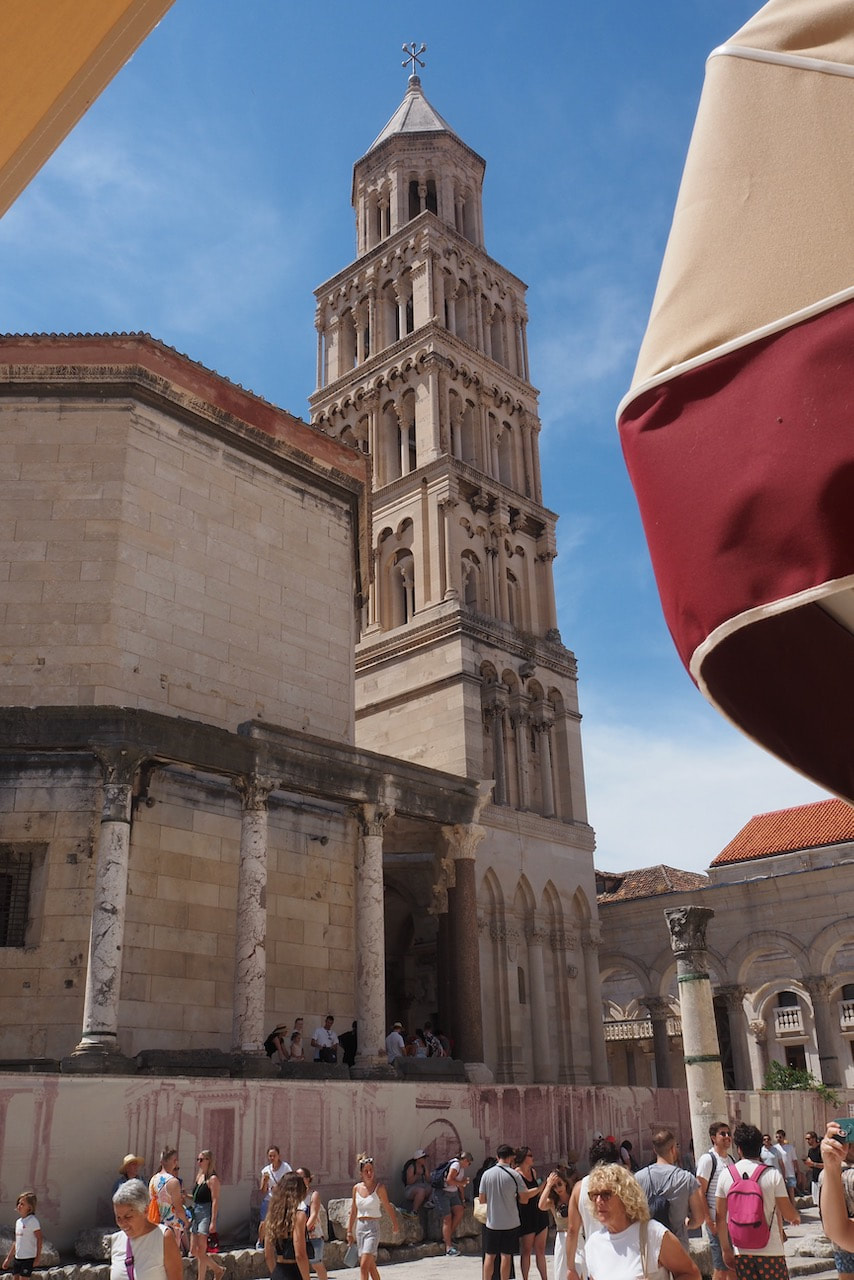
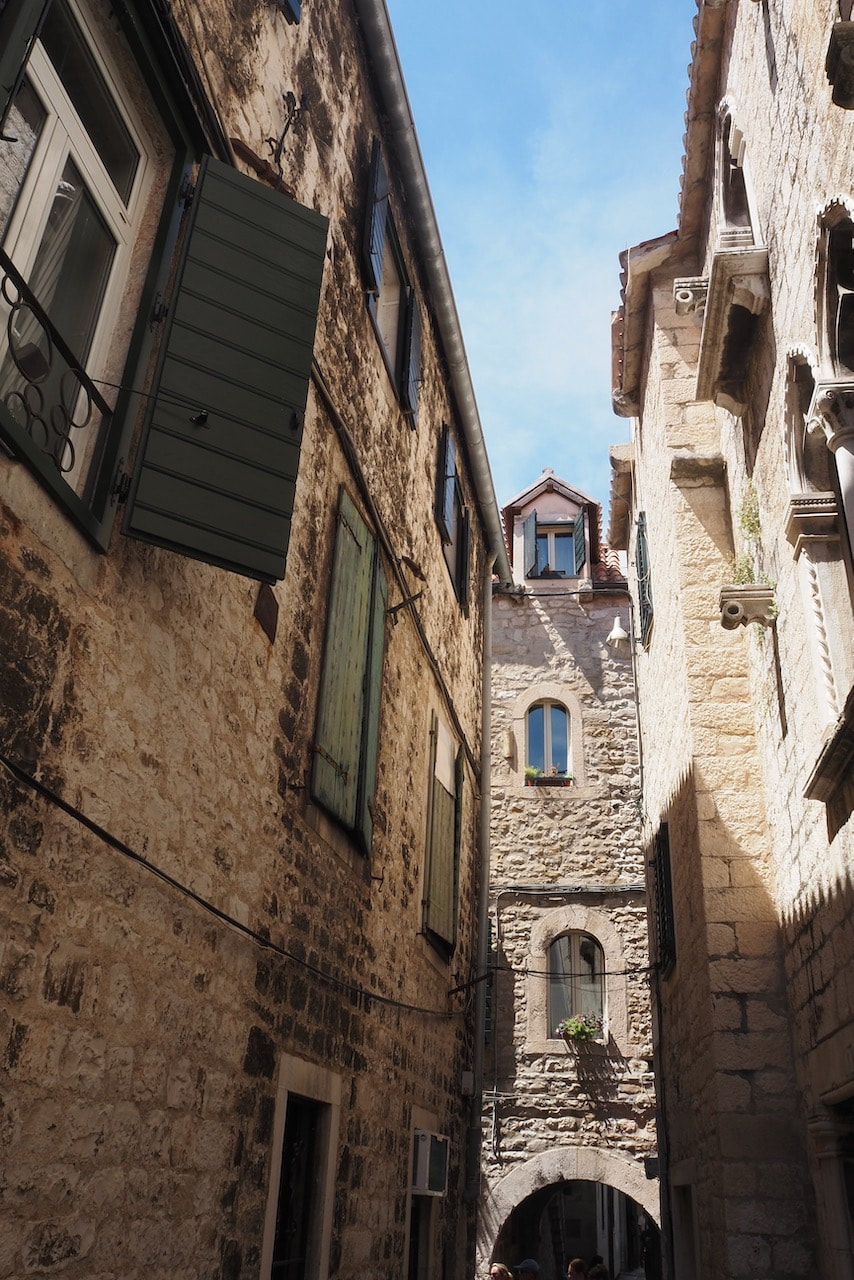
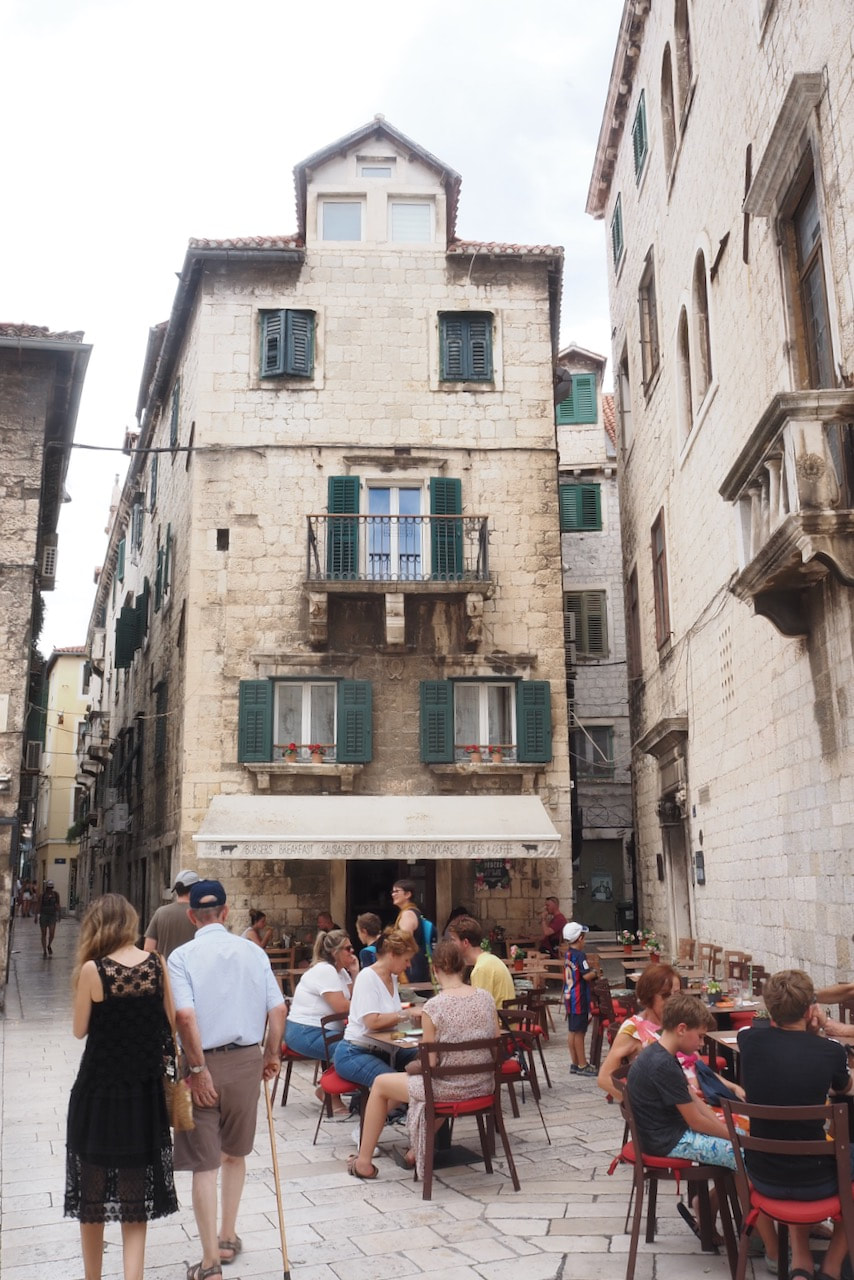
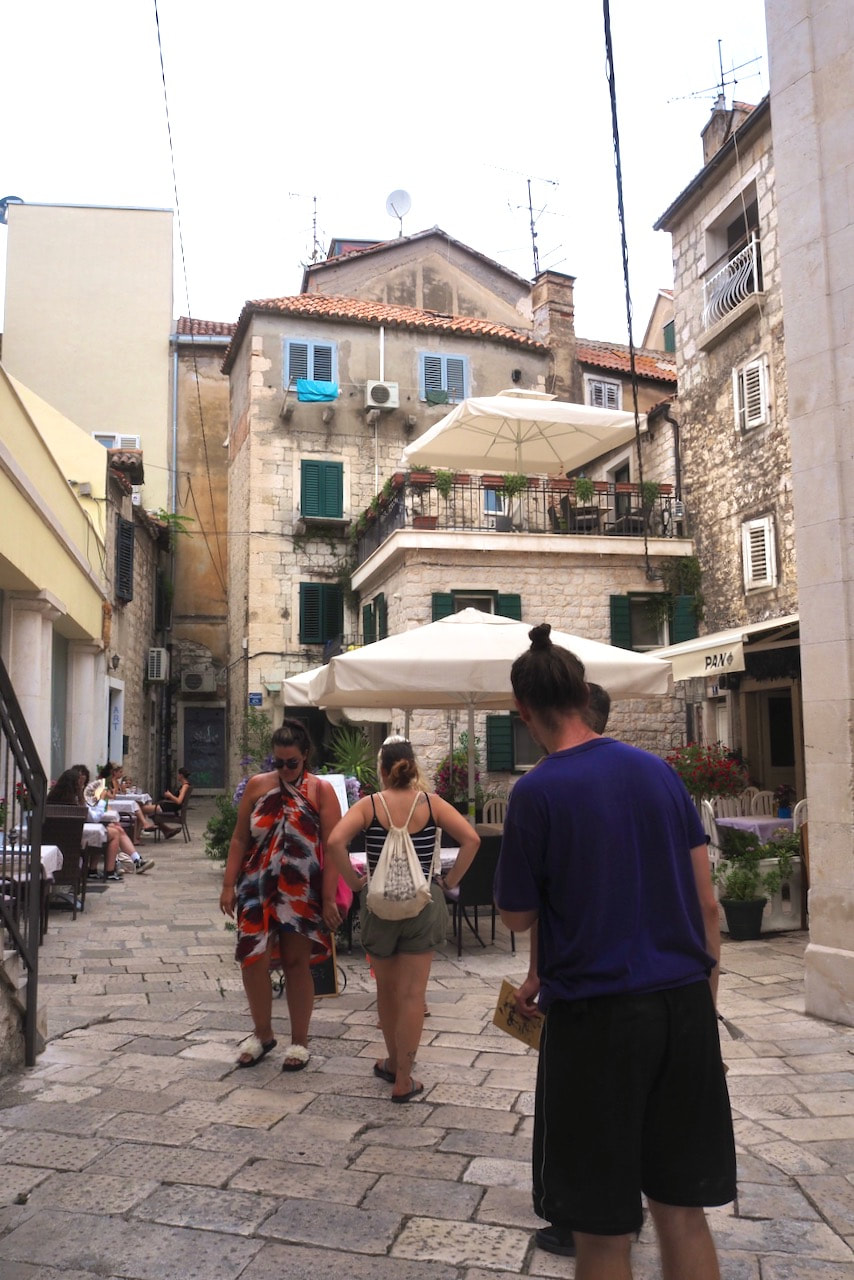
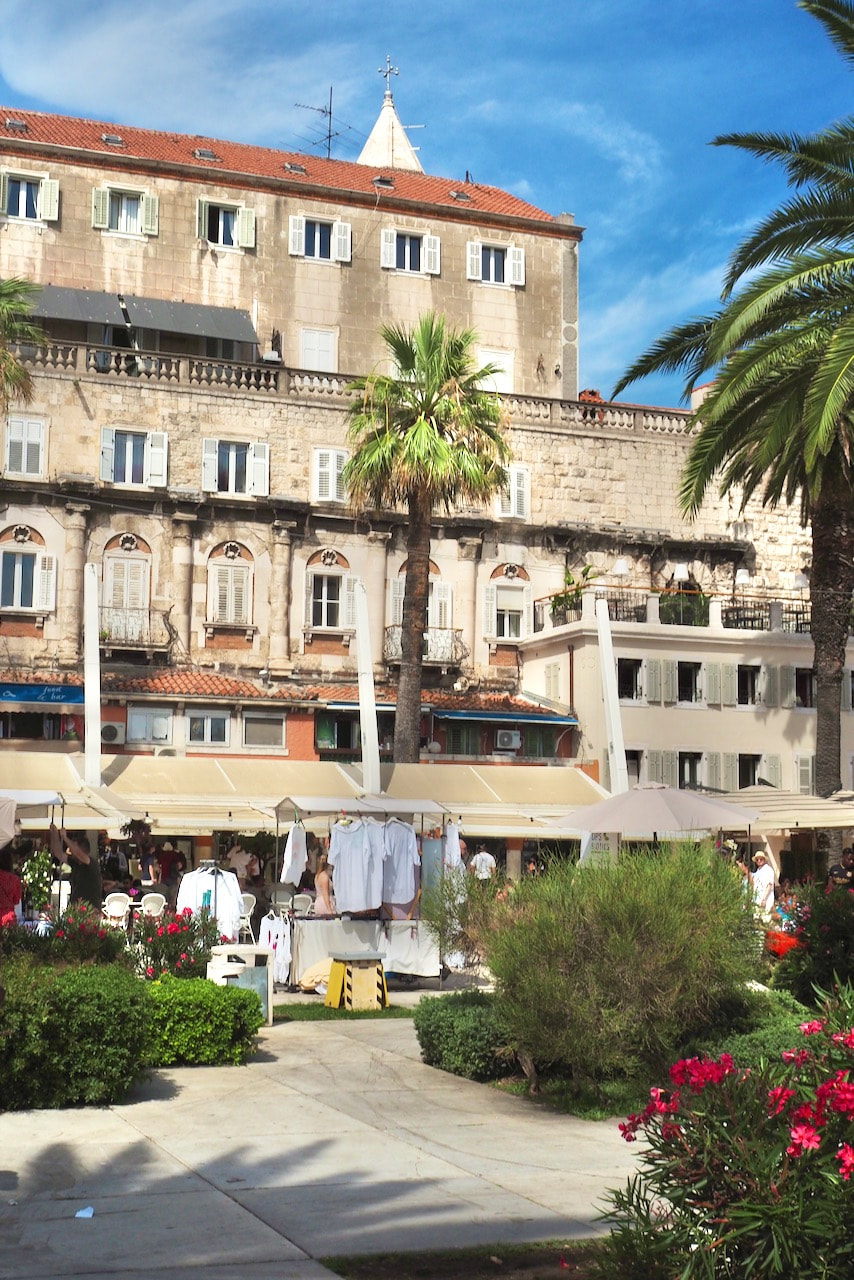

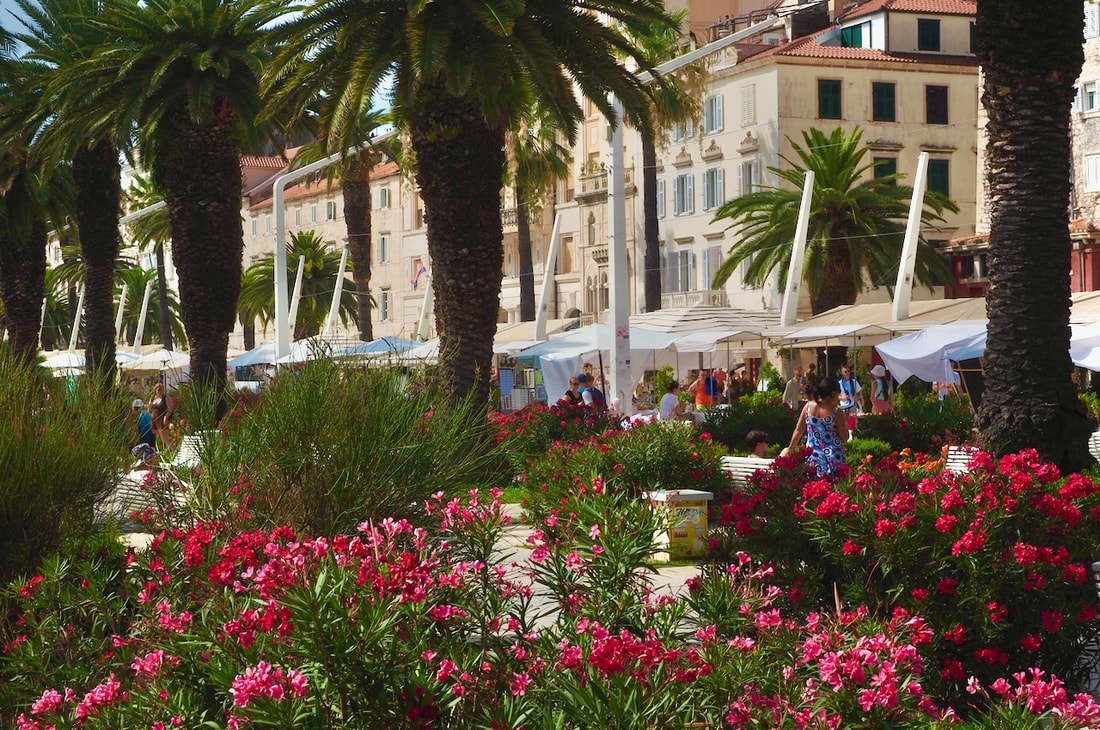
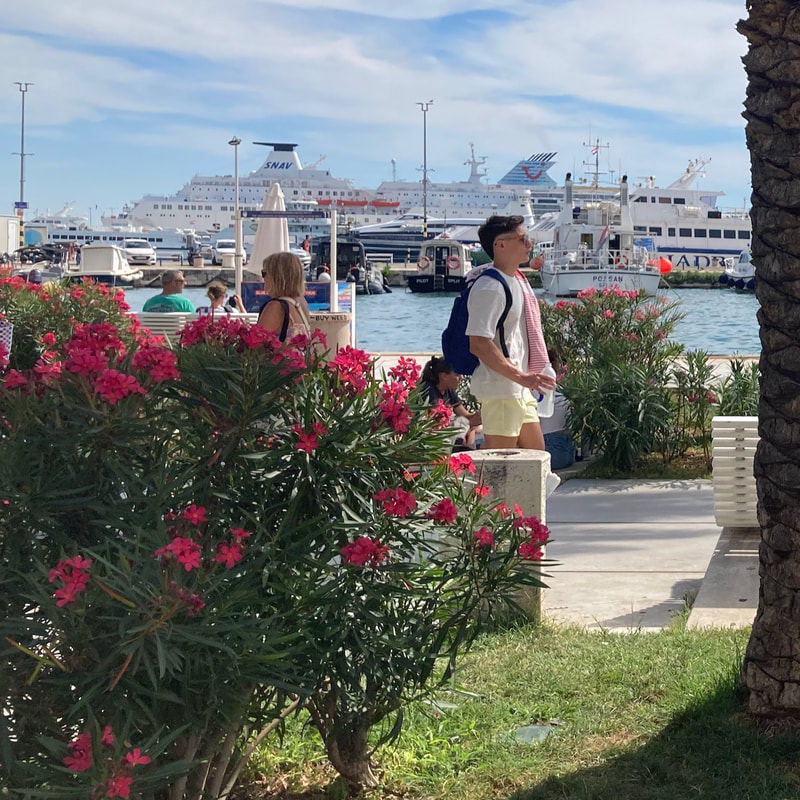
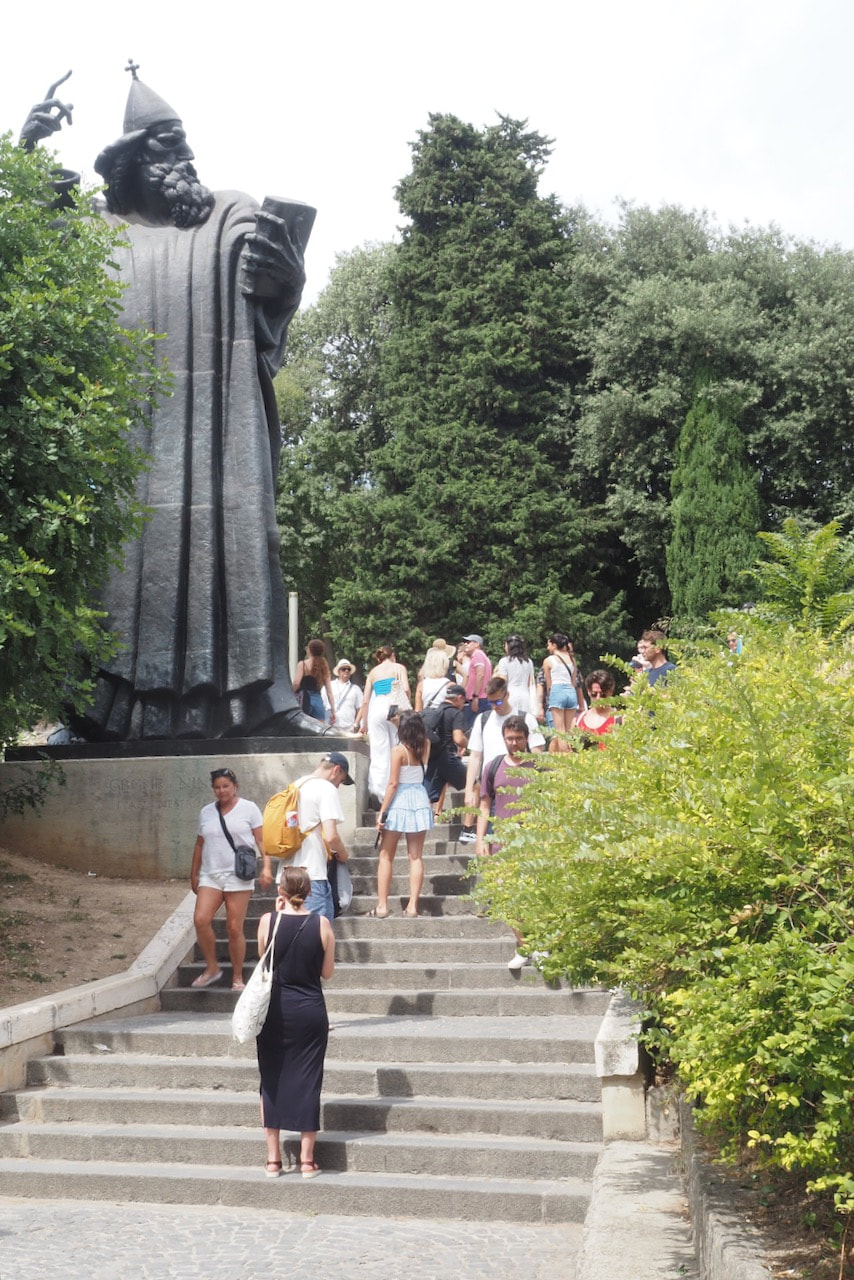
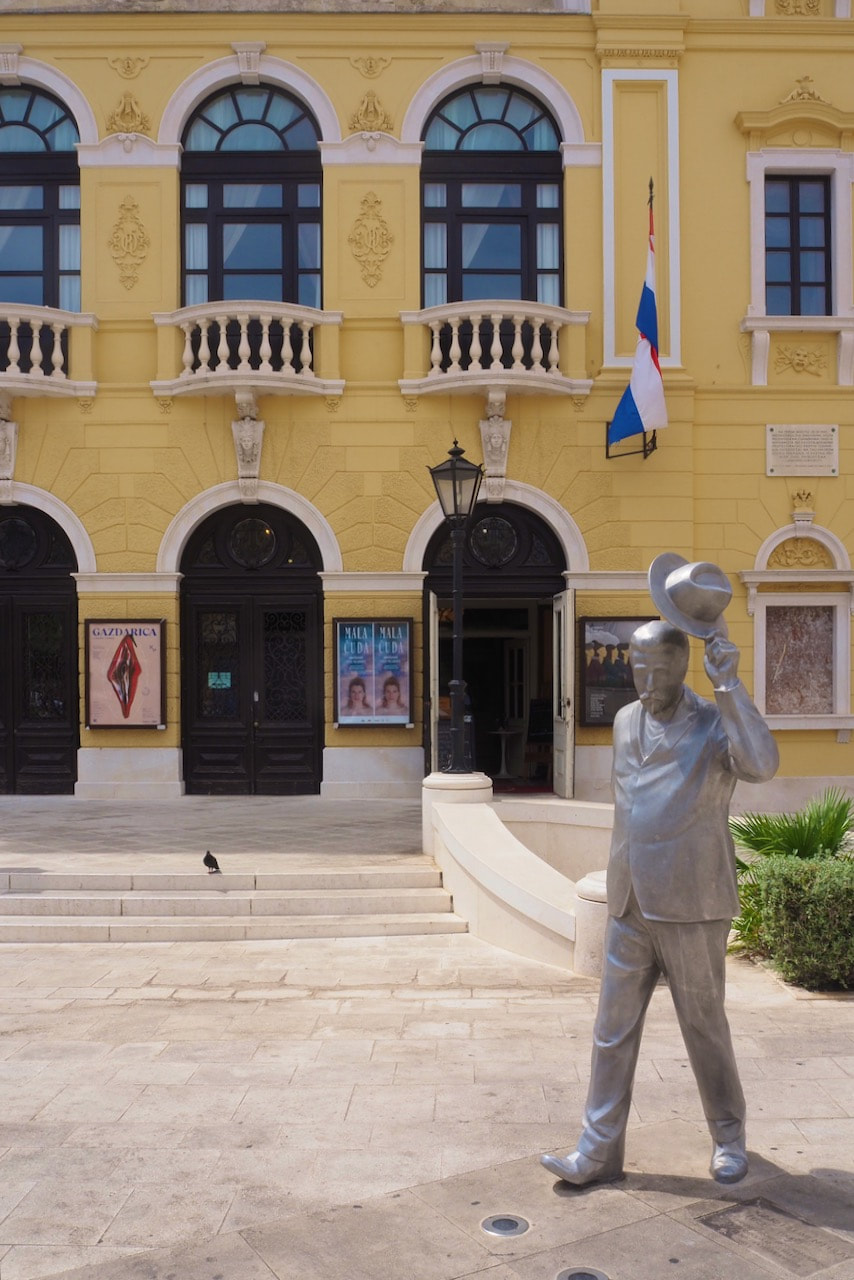
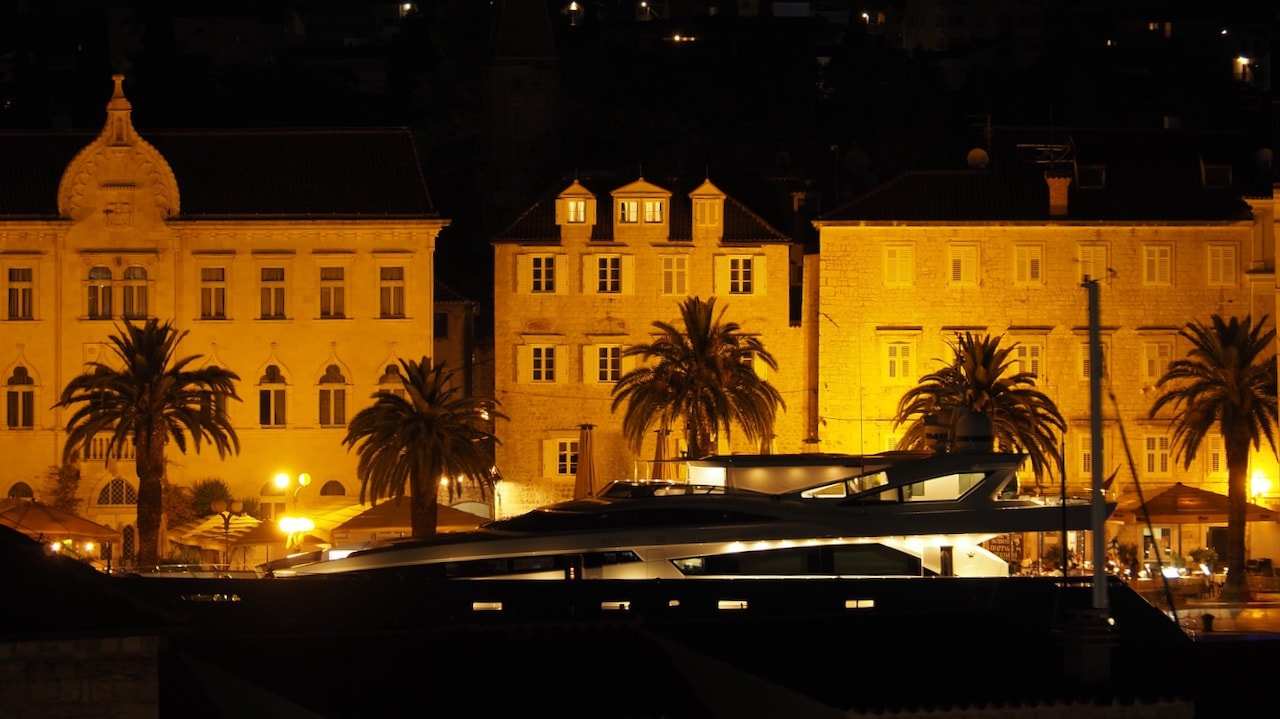
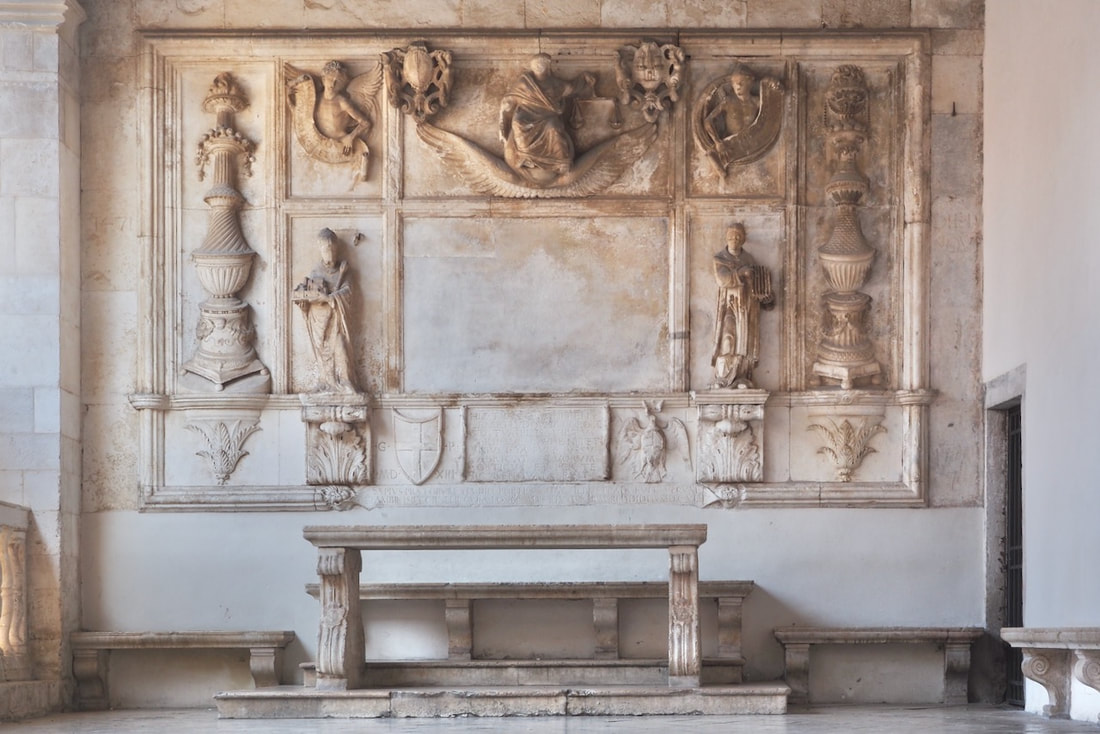
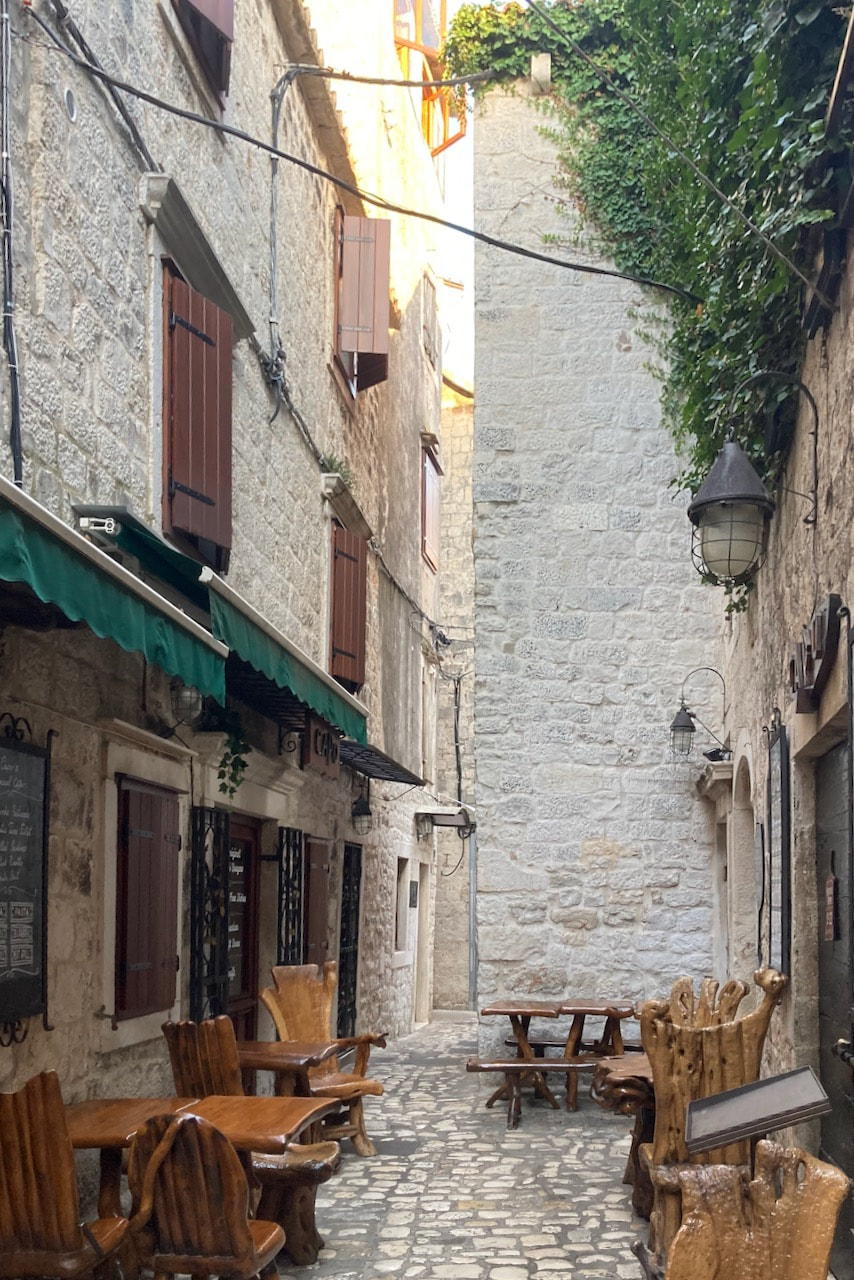
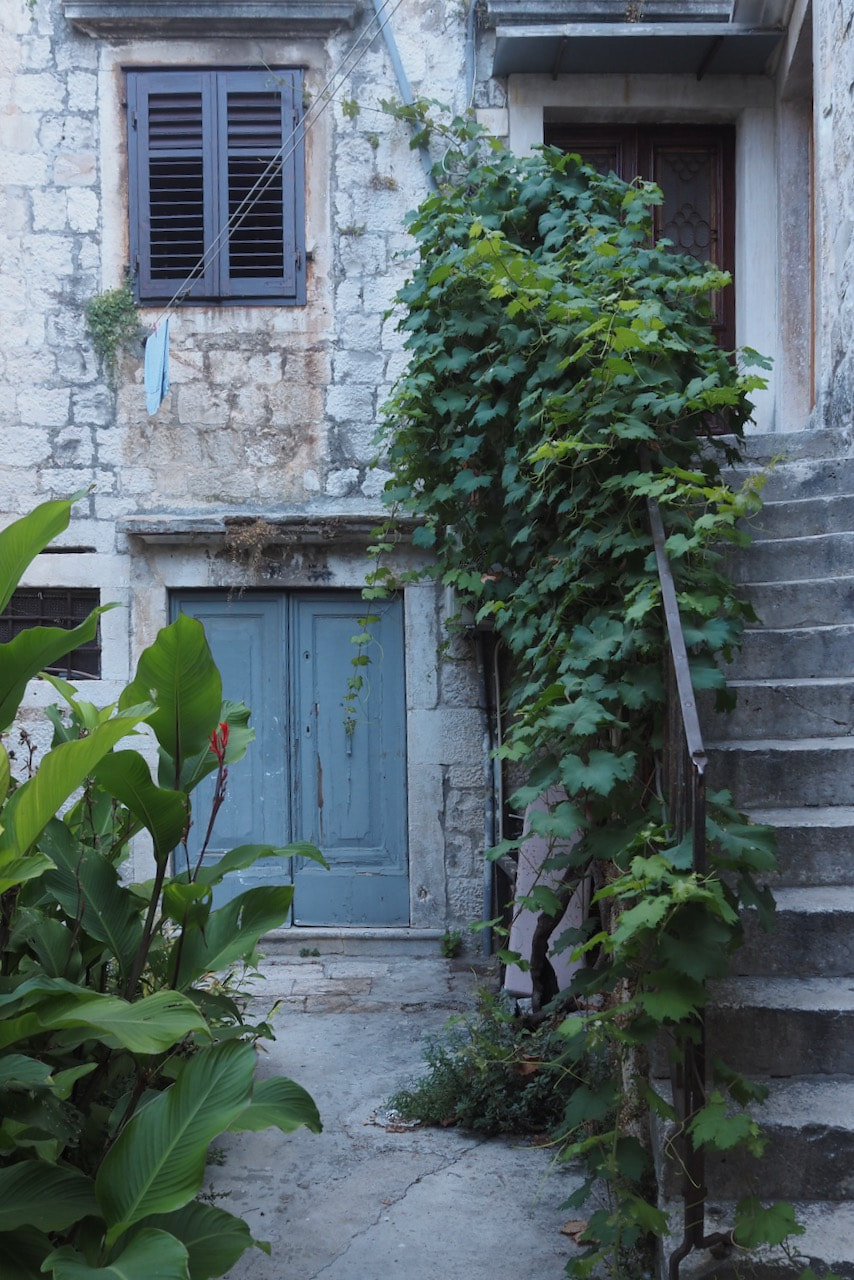
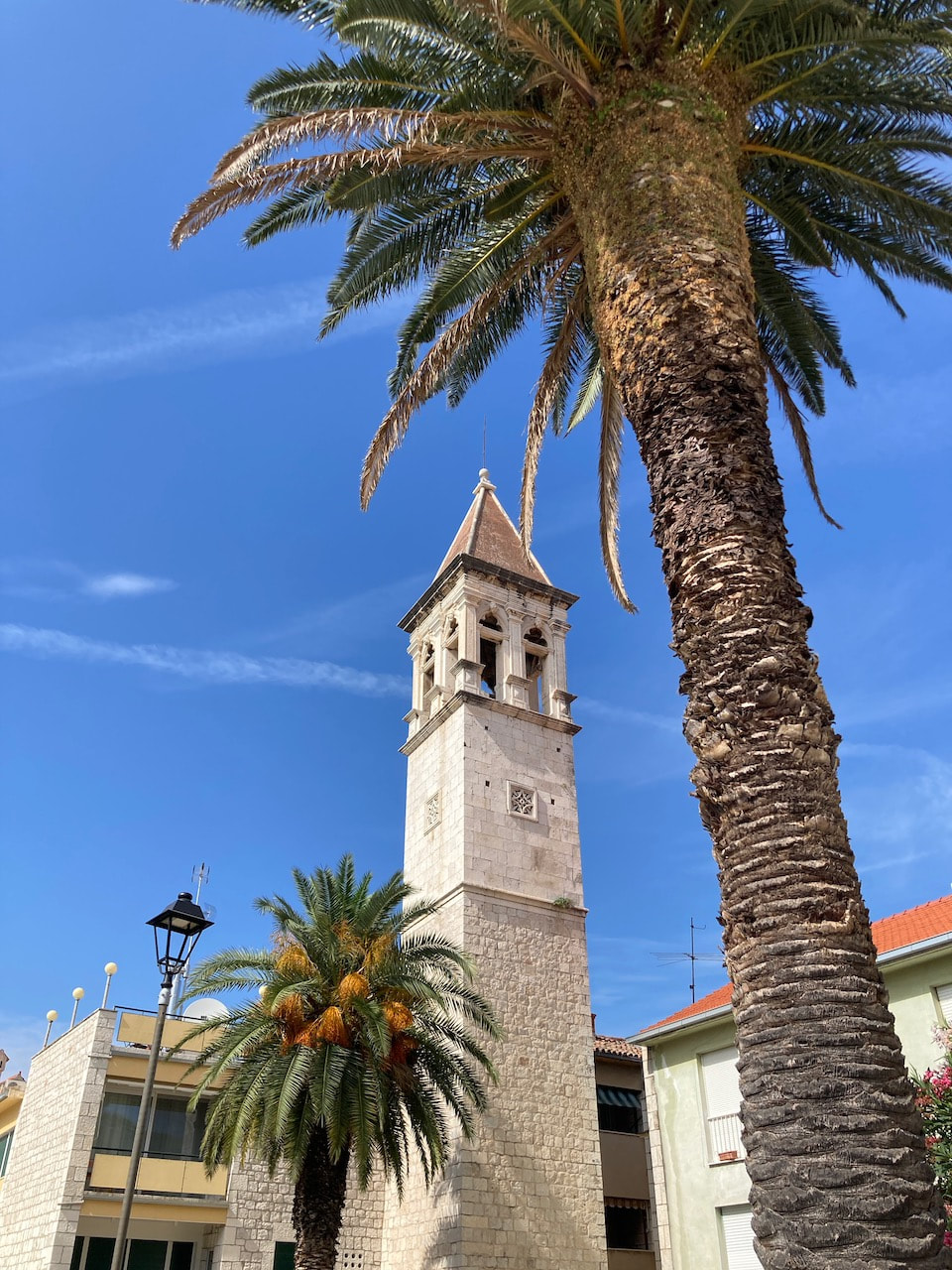
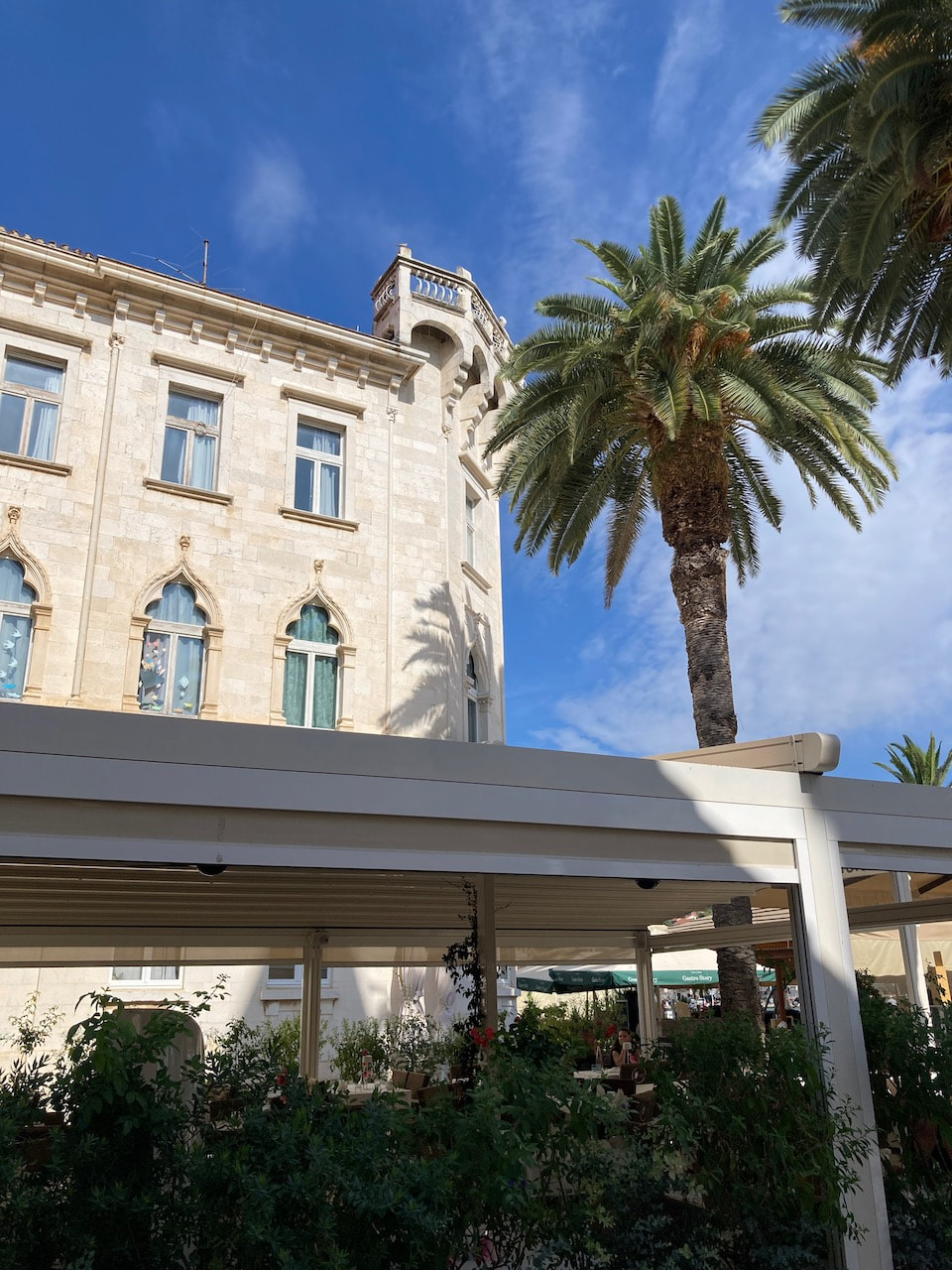
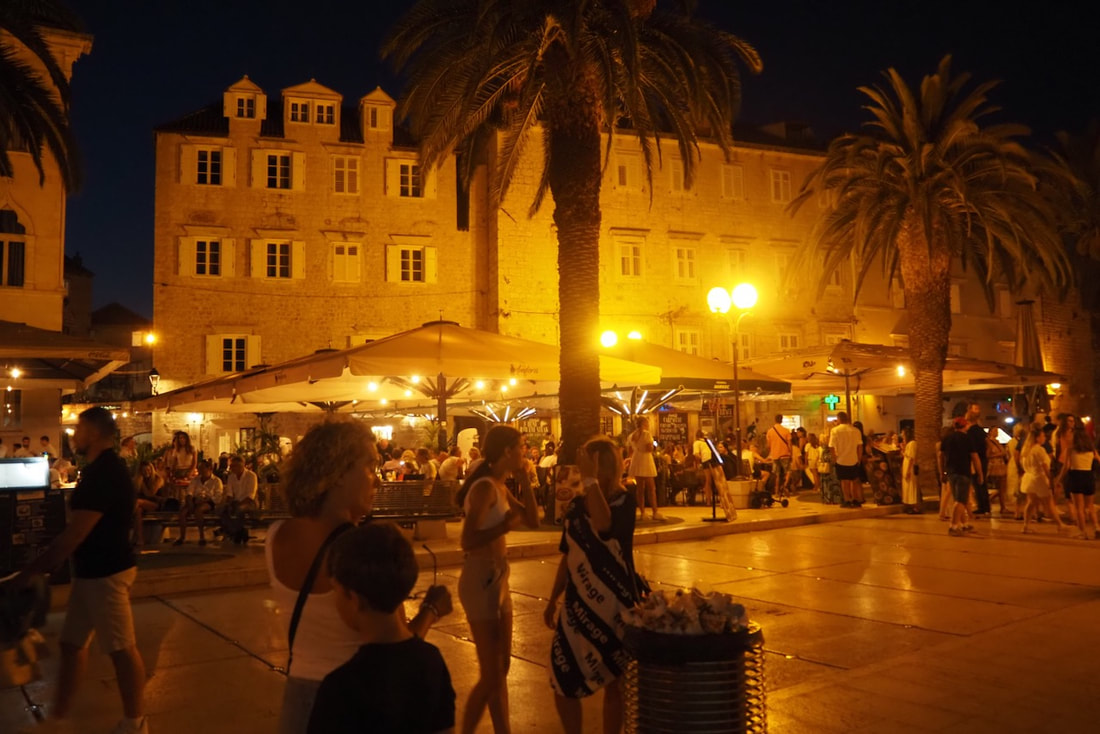
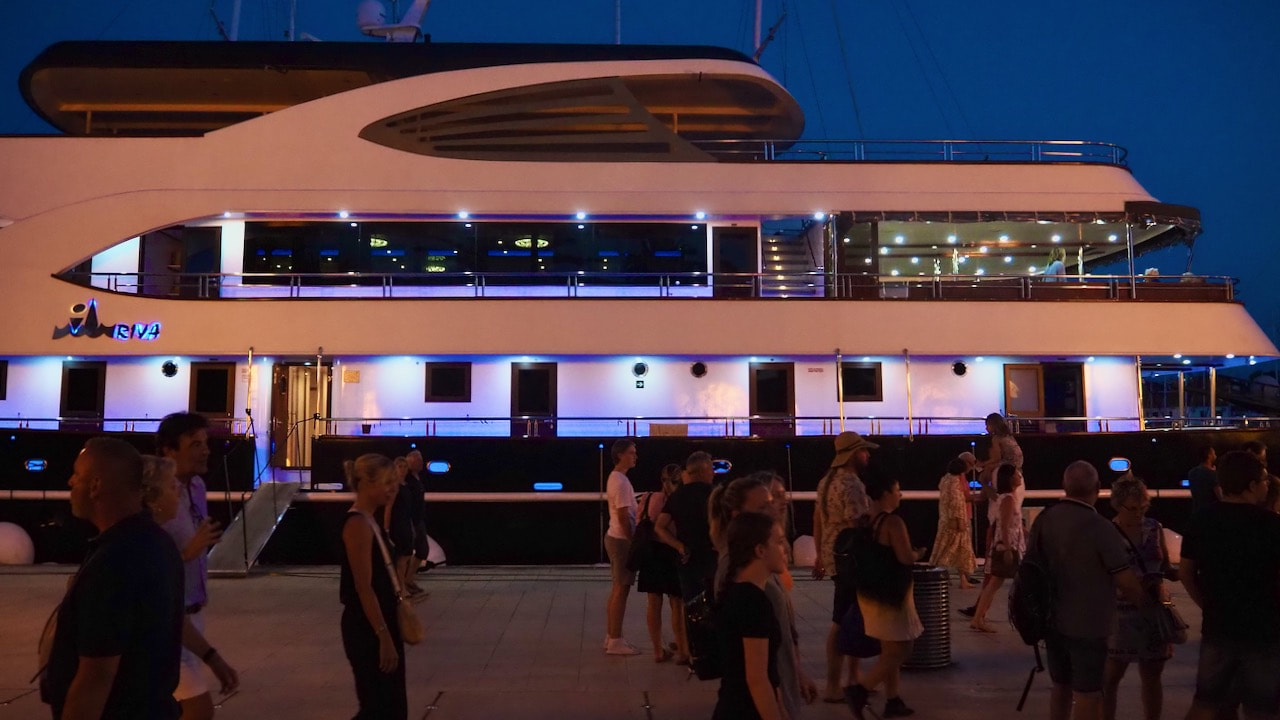
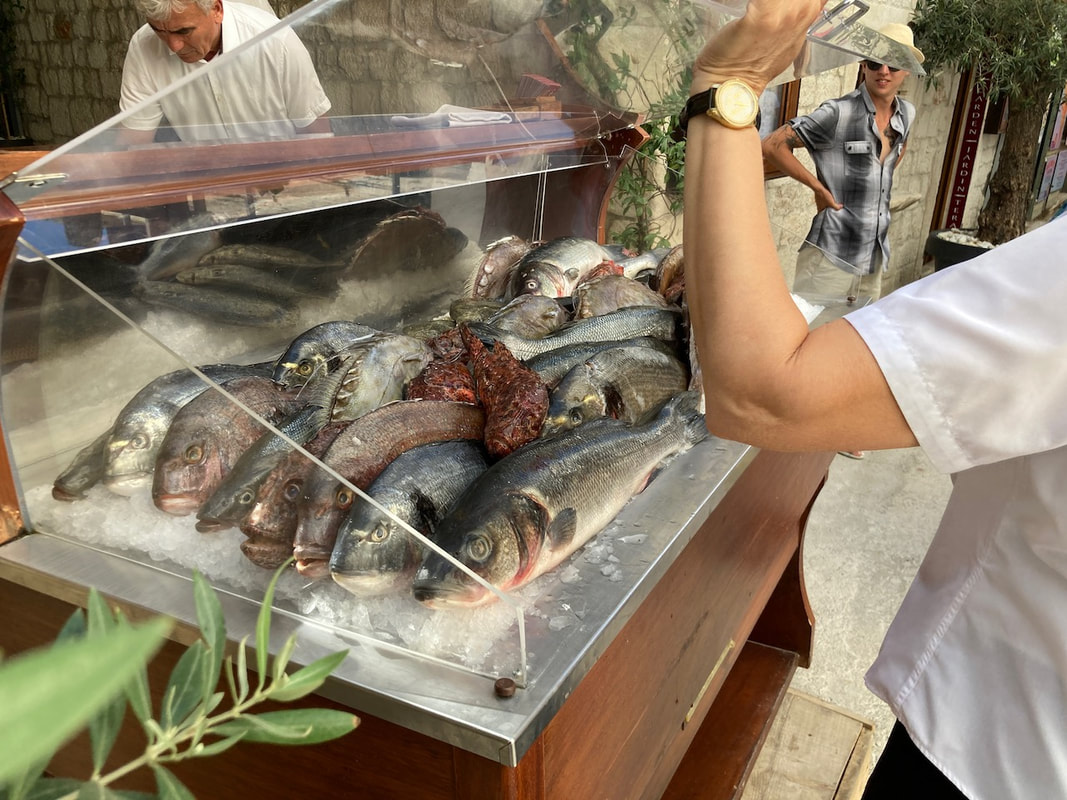
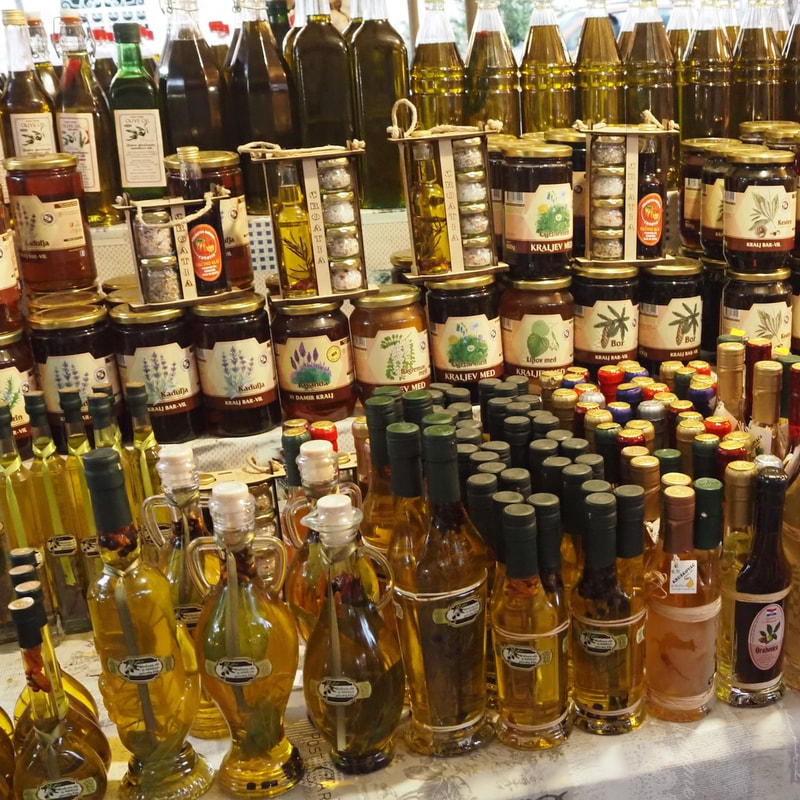
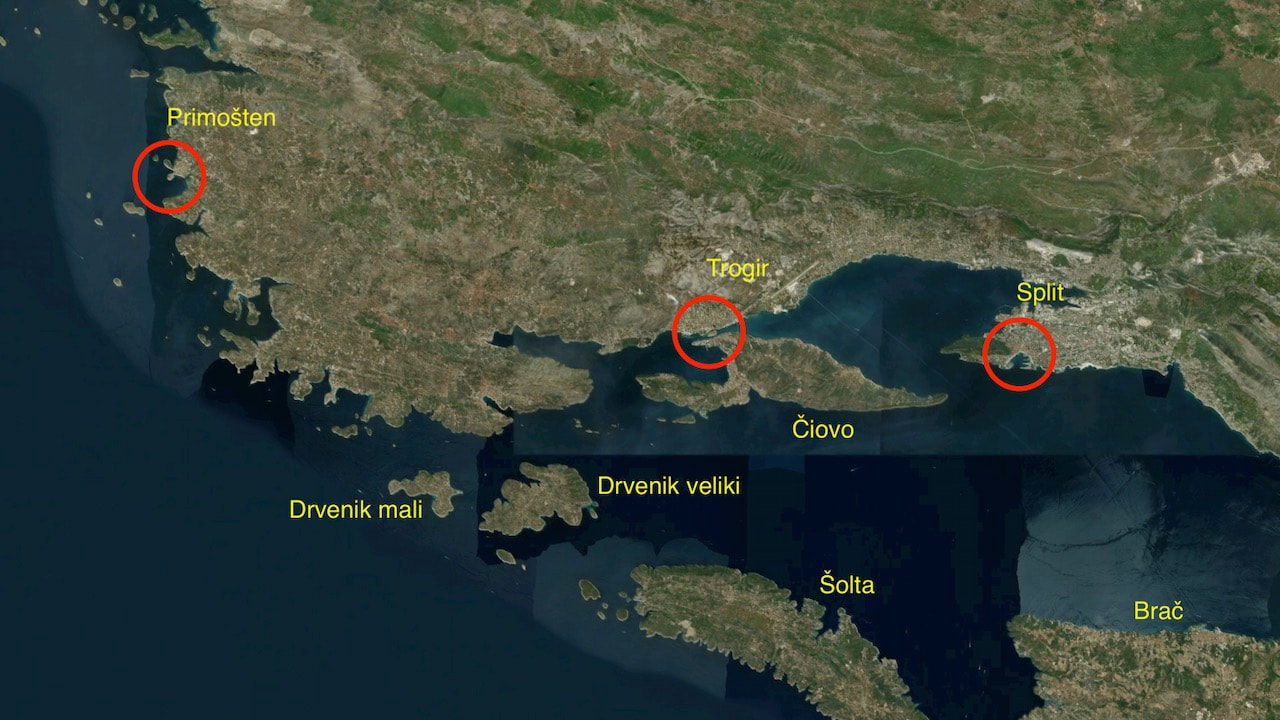
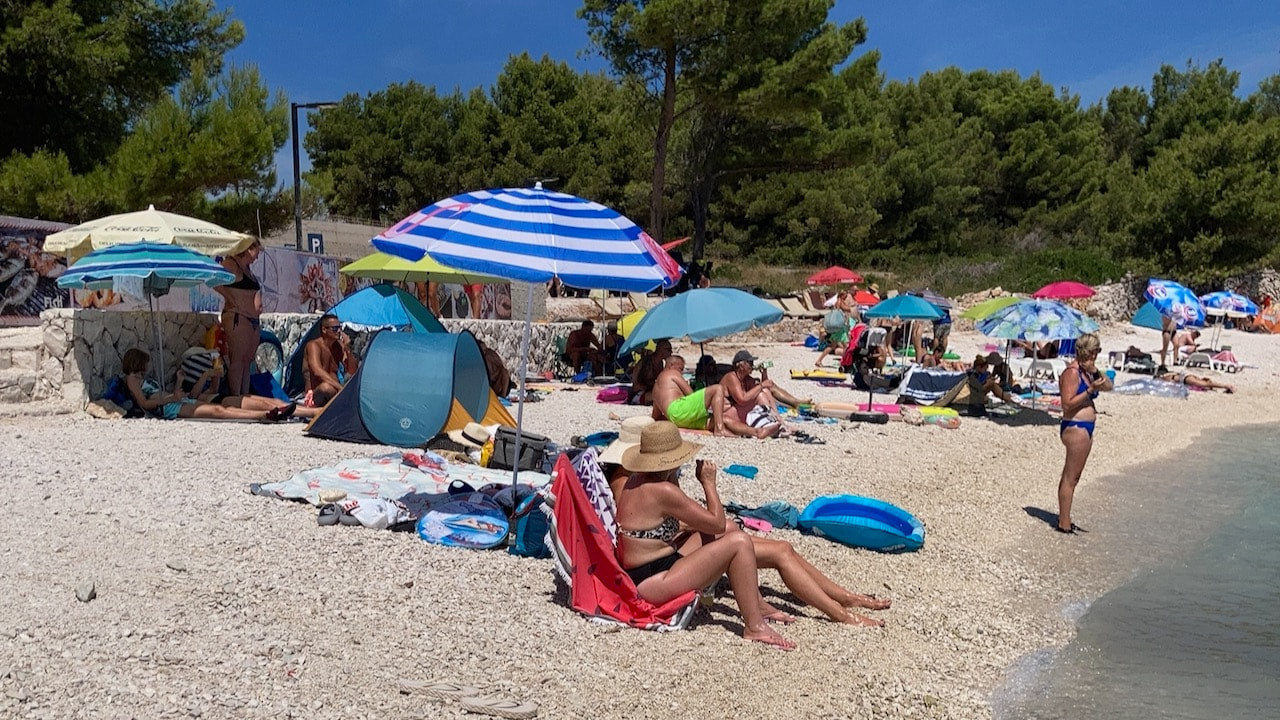
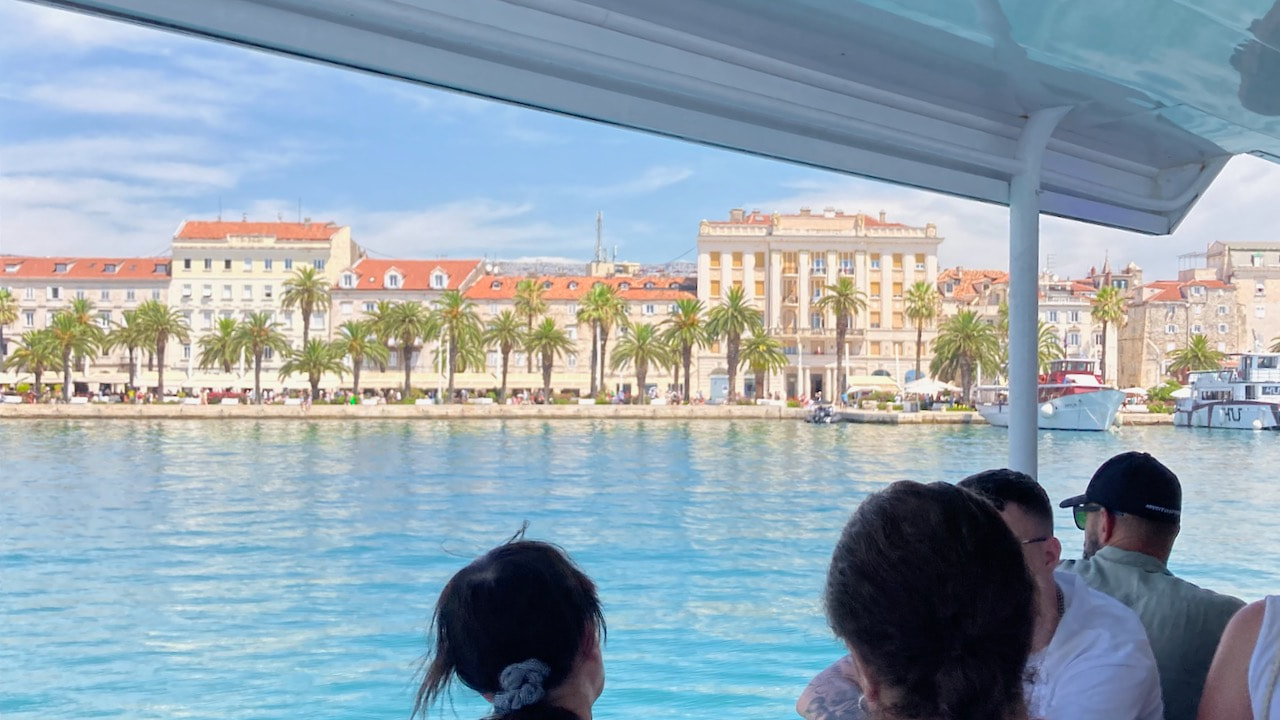
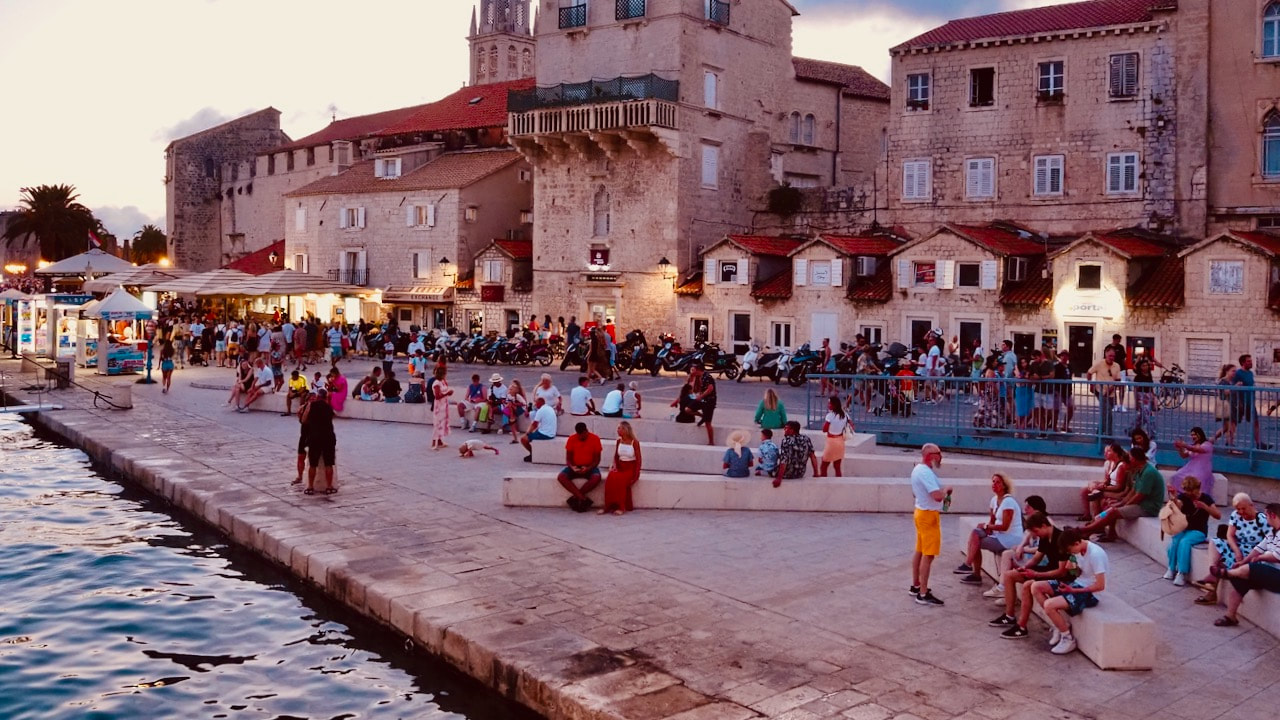
 RSS Feed
RSS Feed
